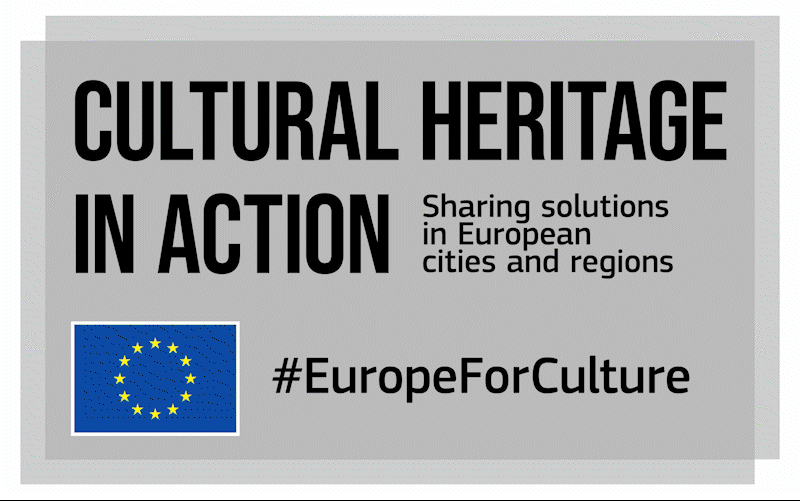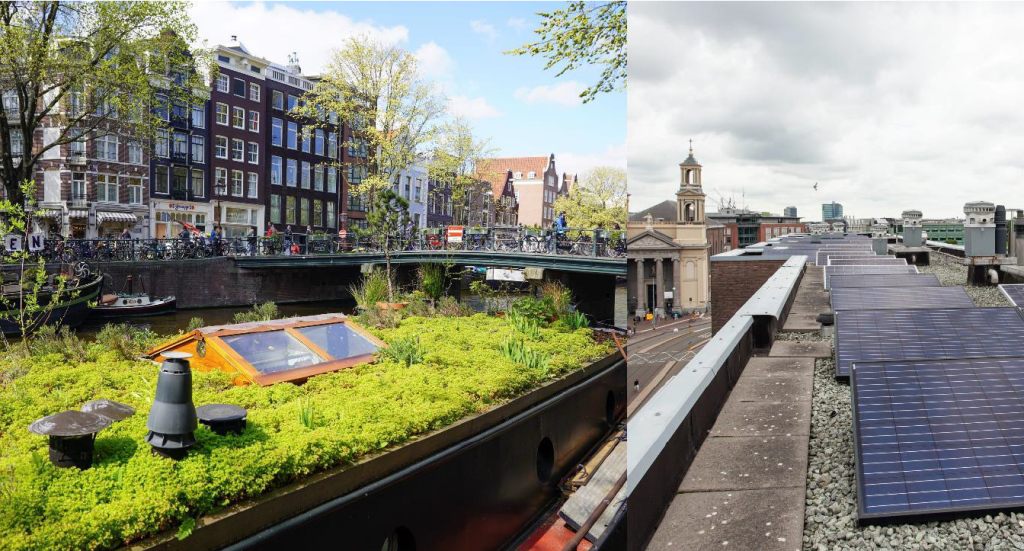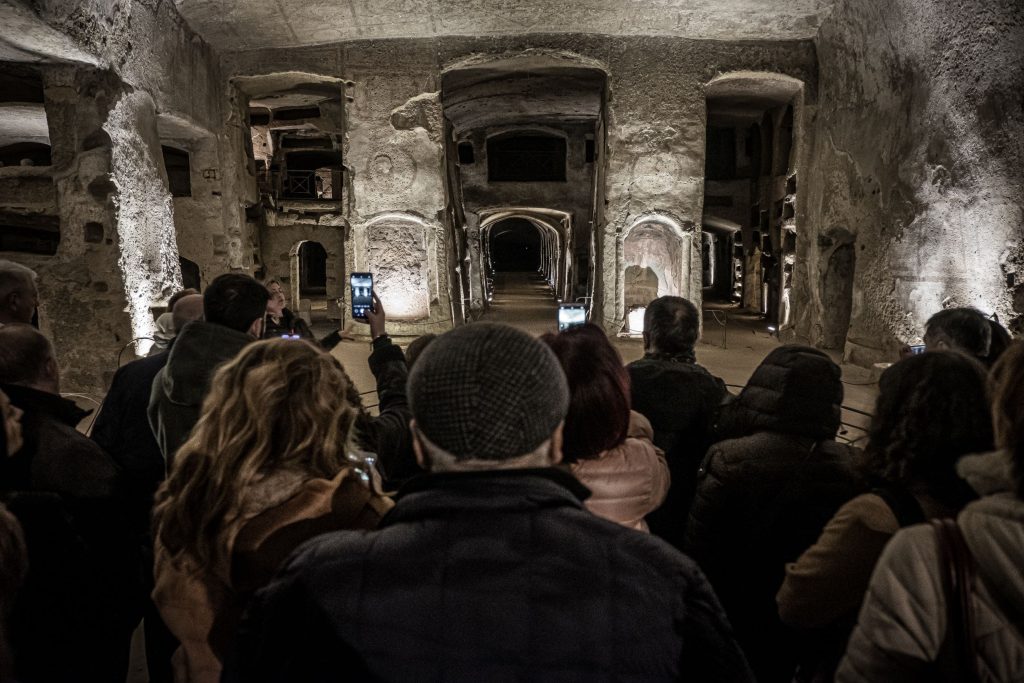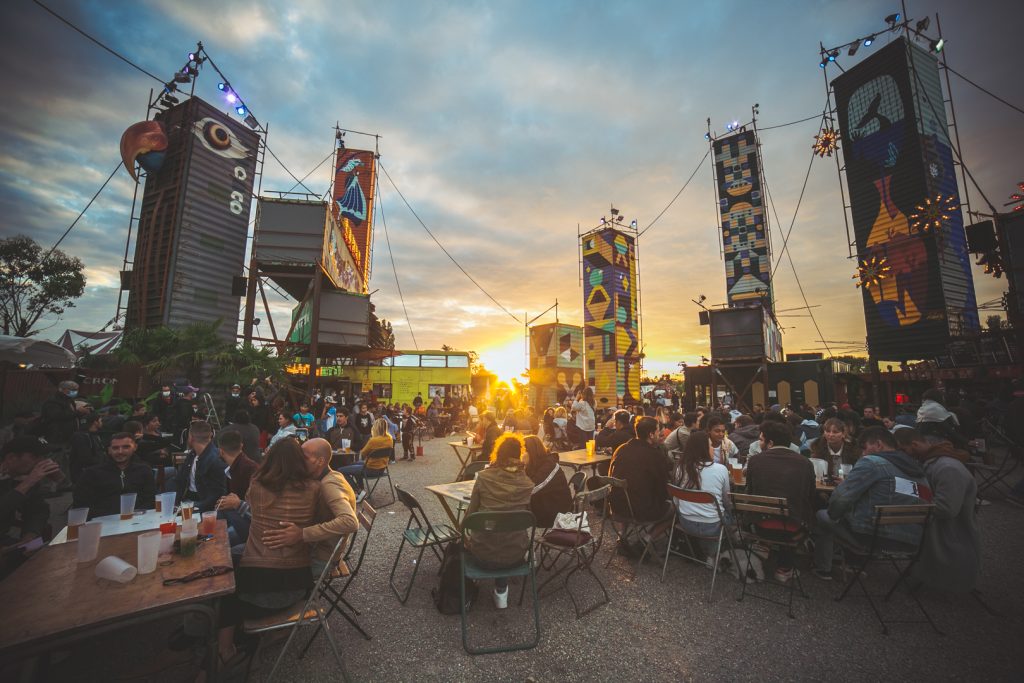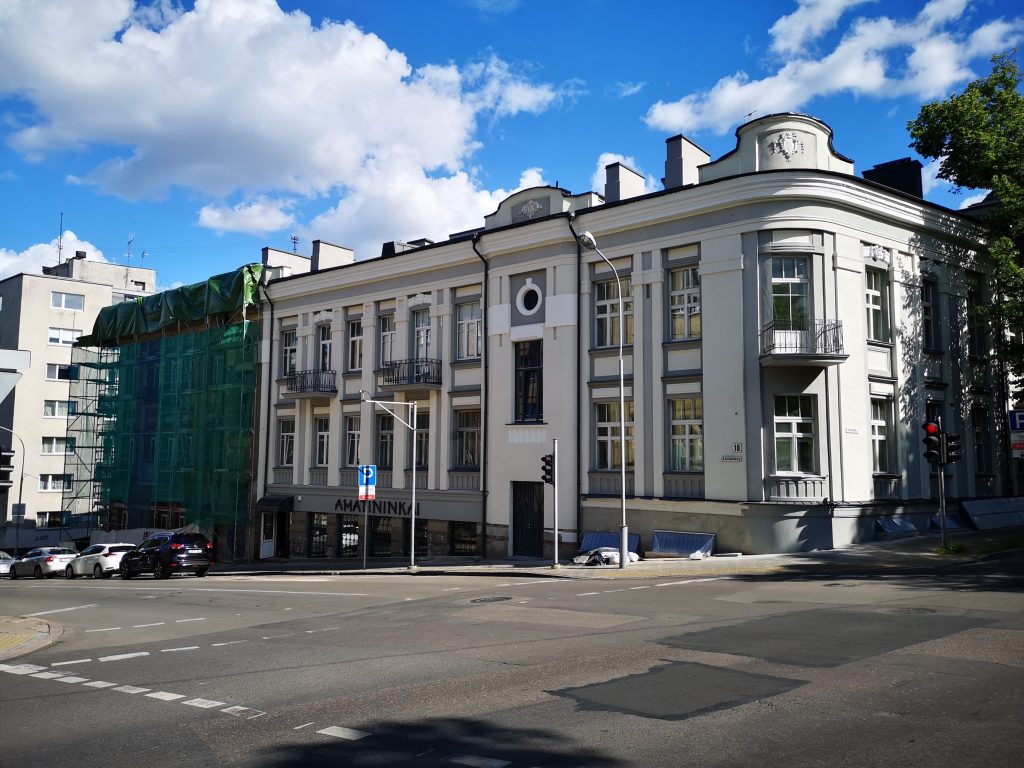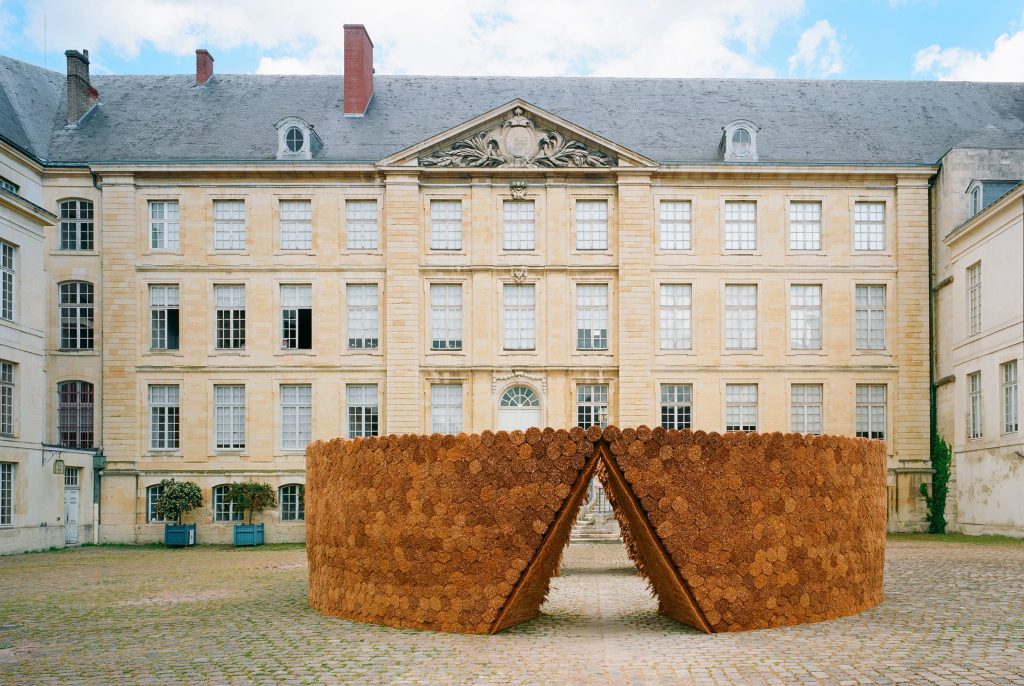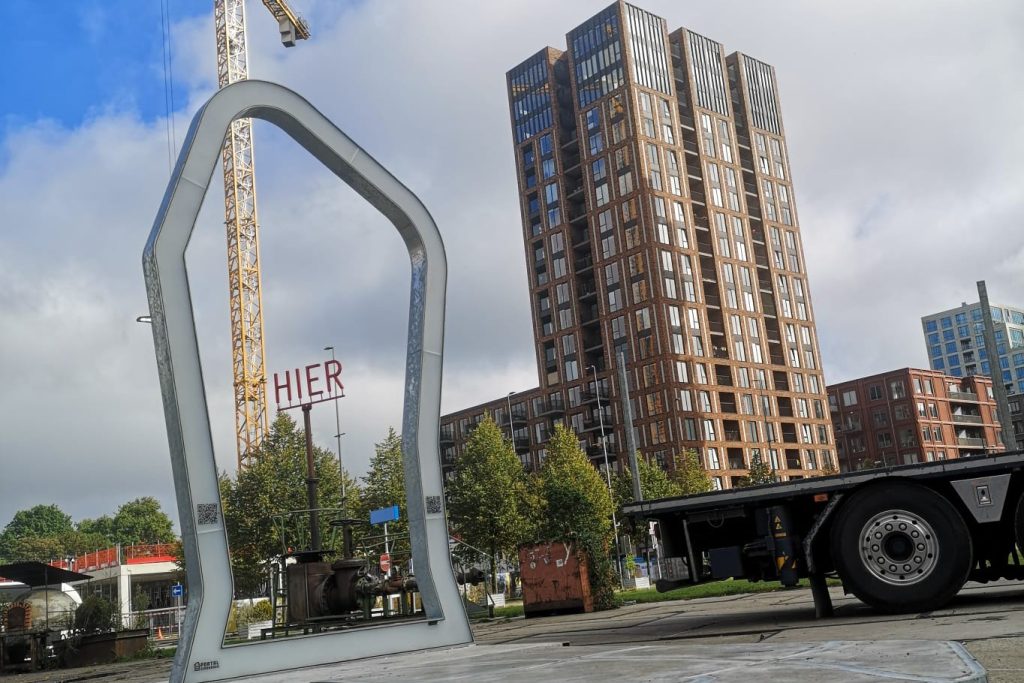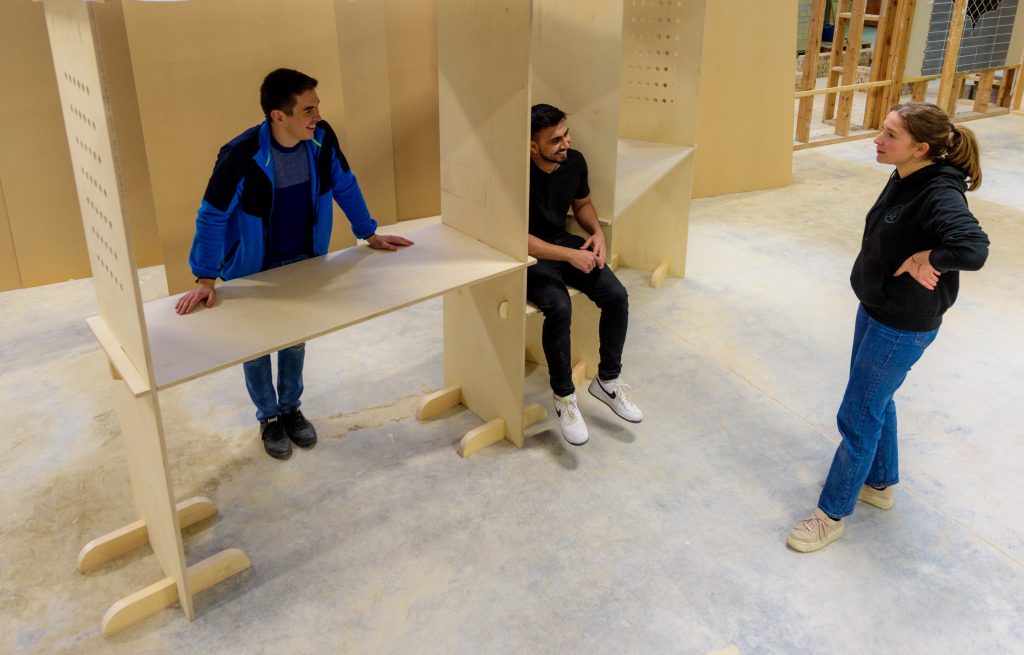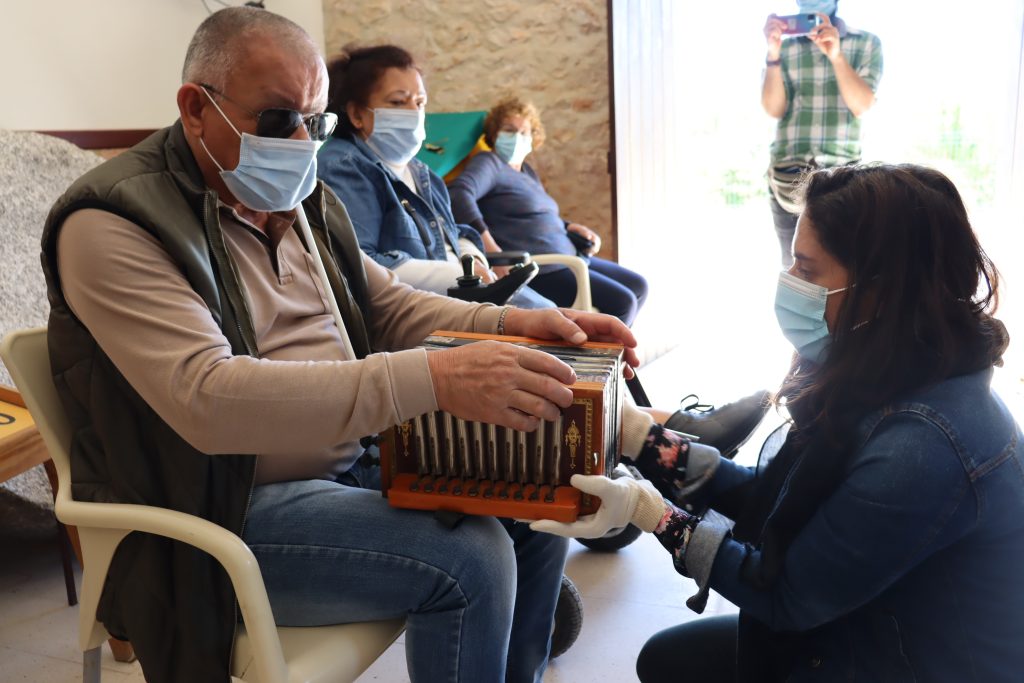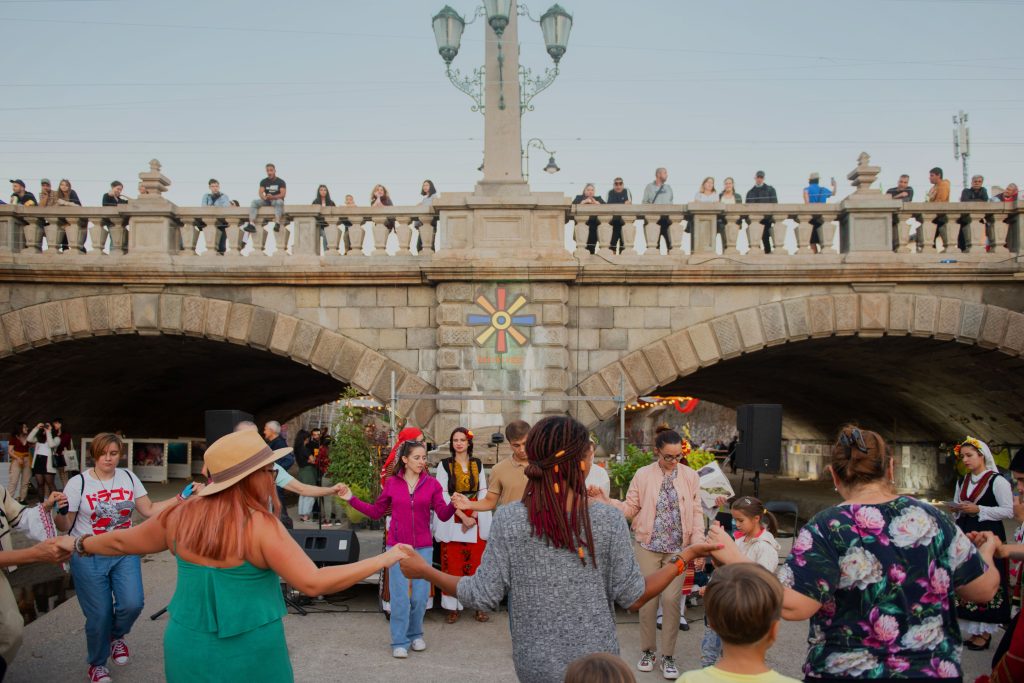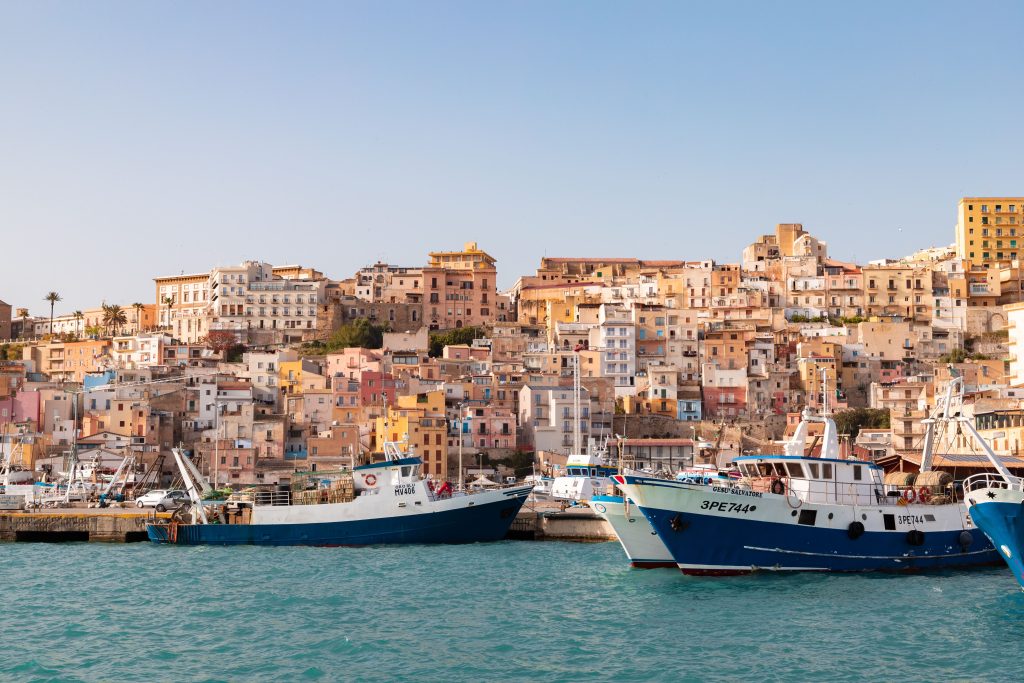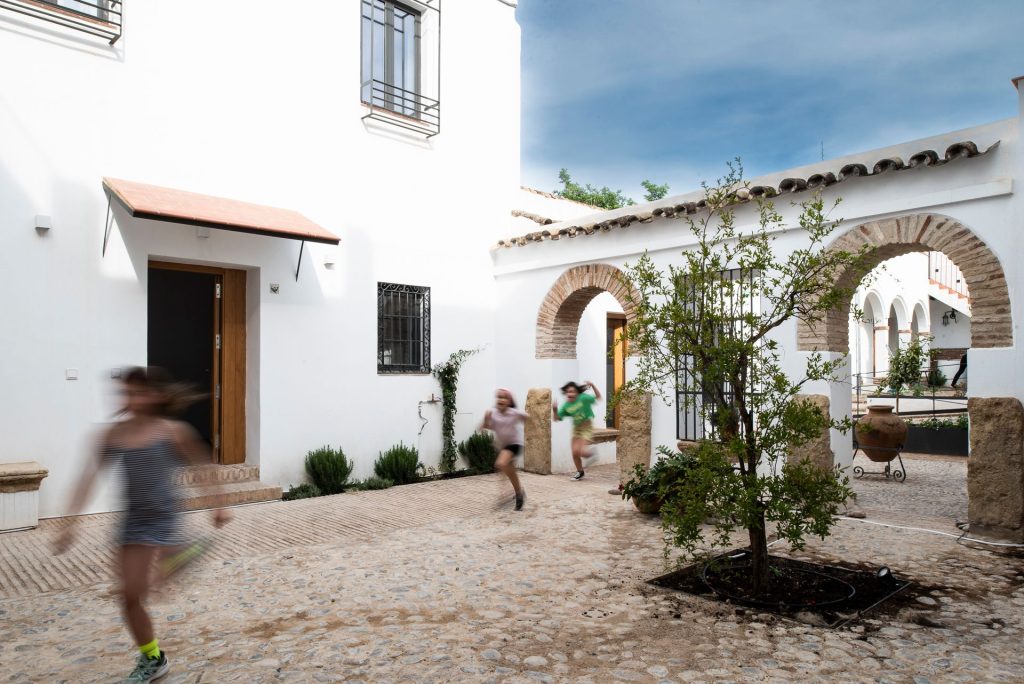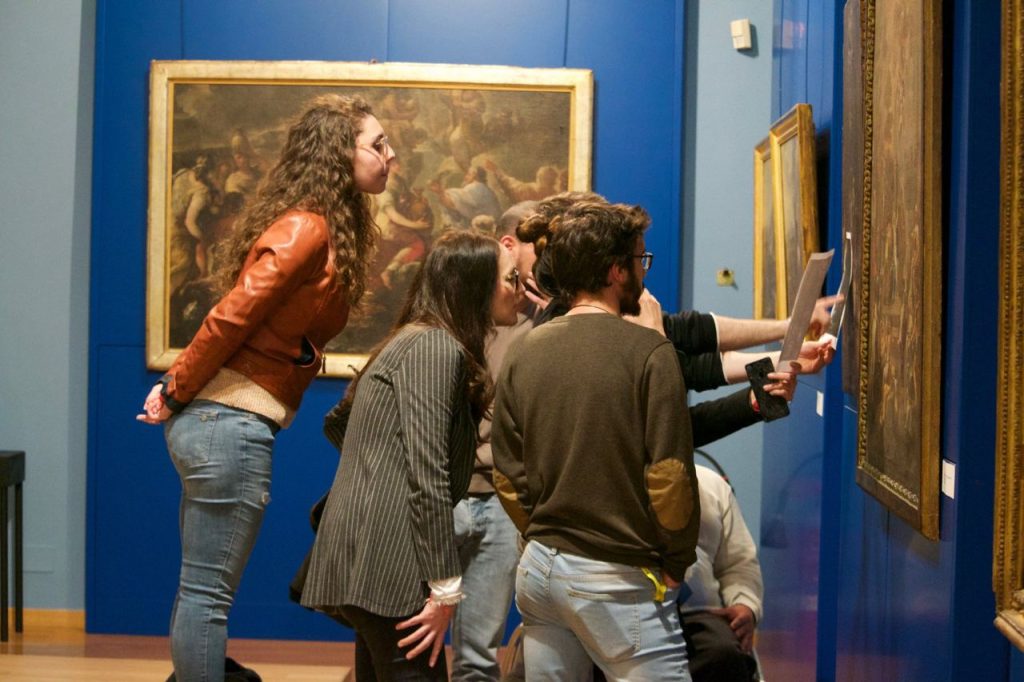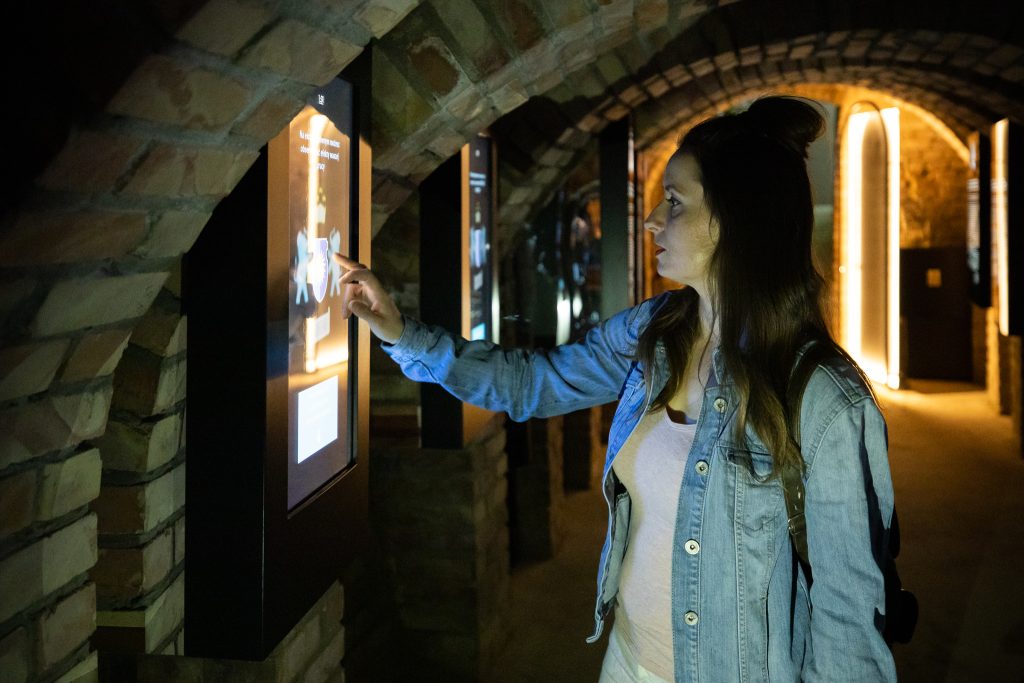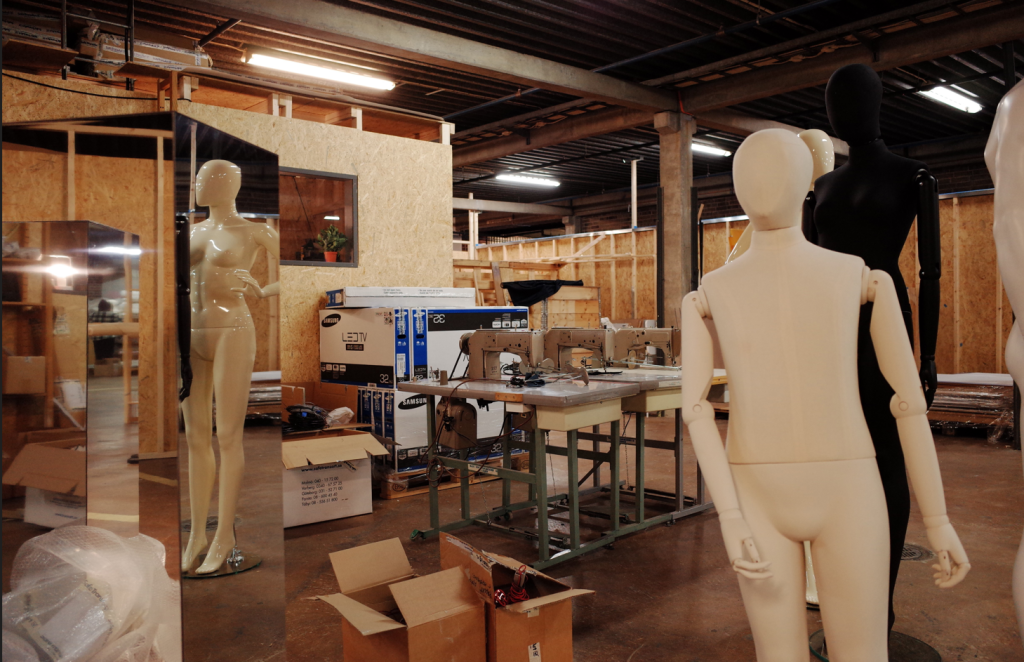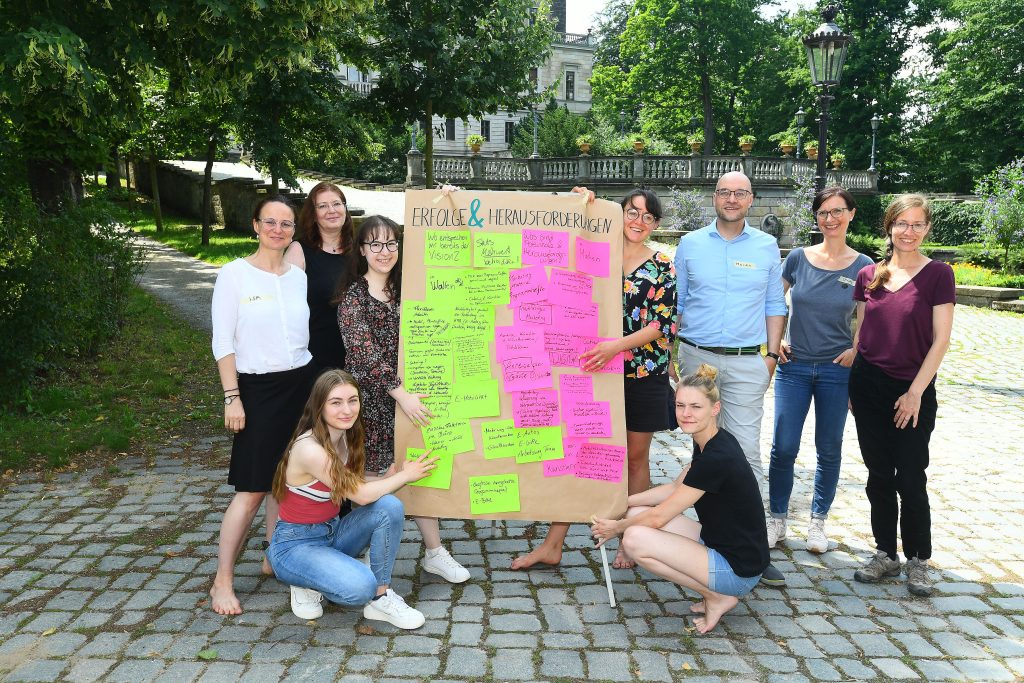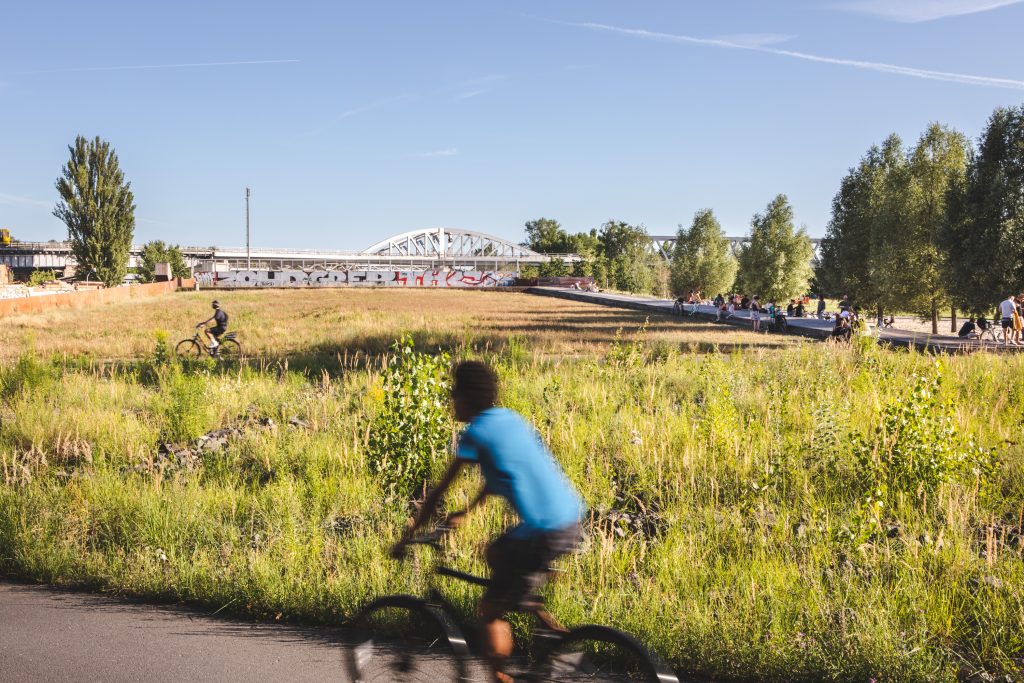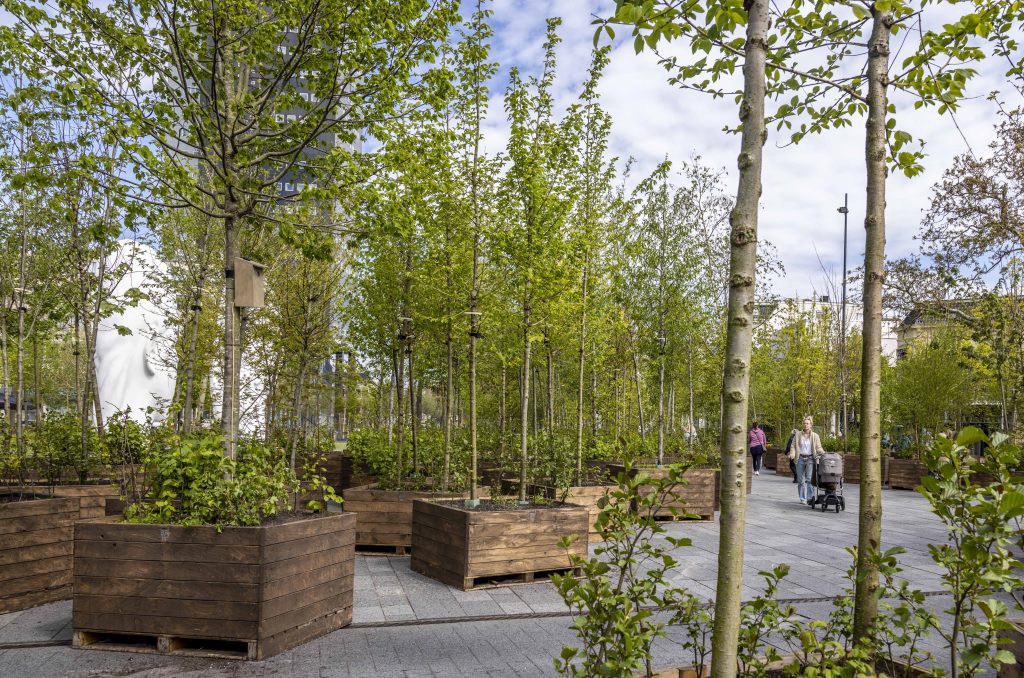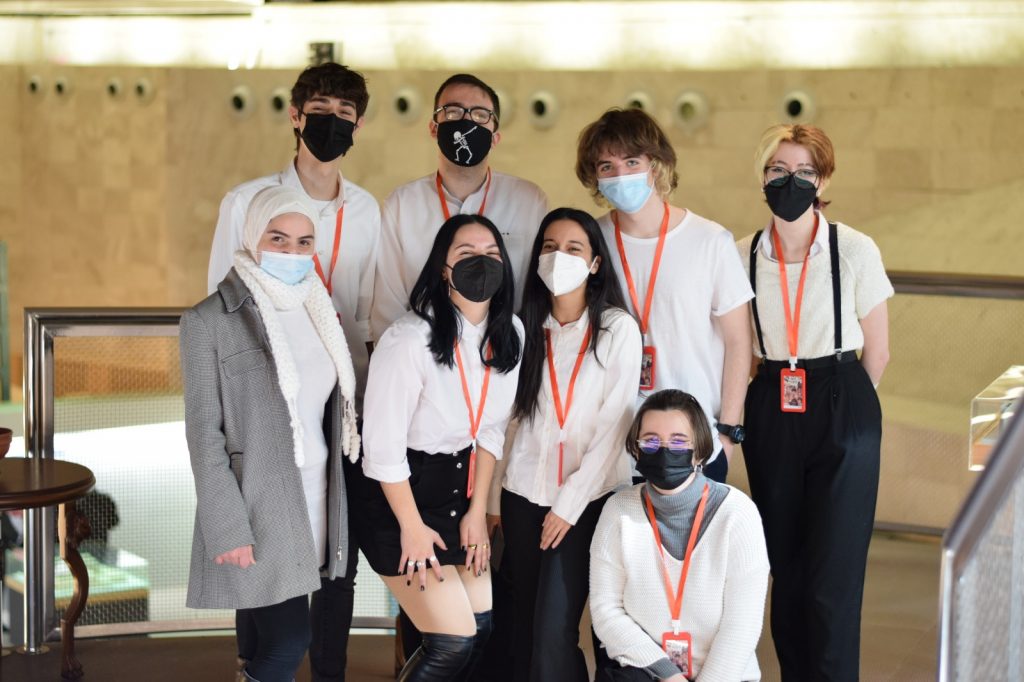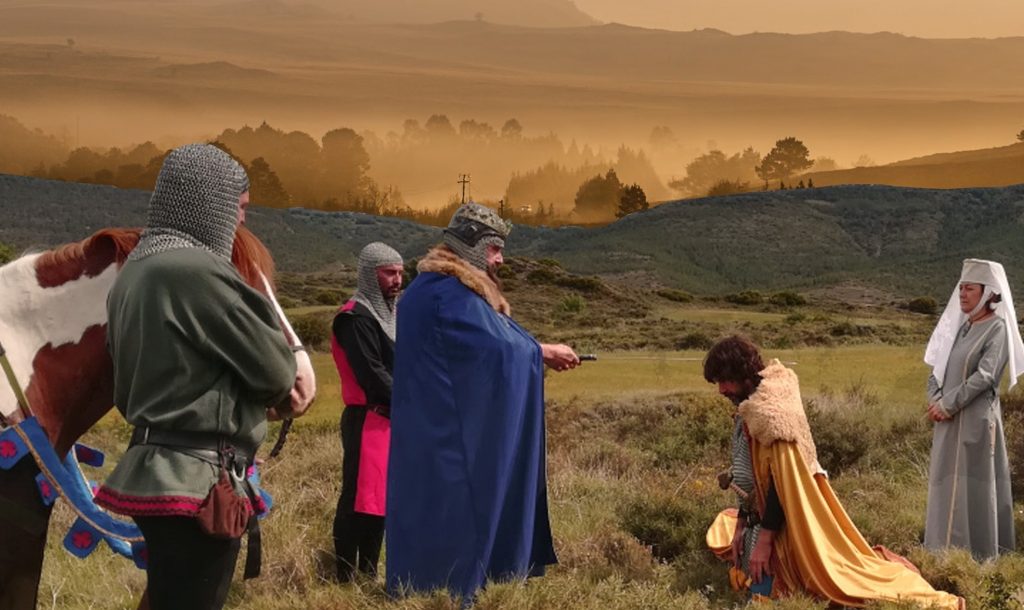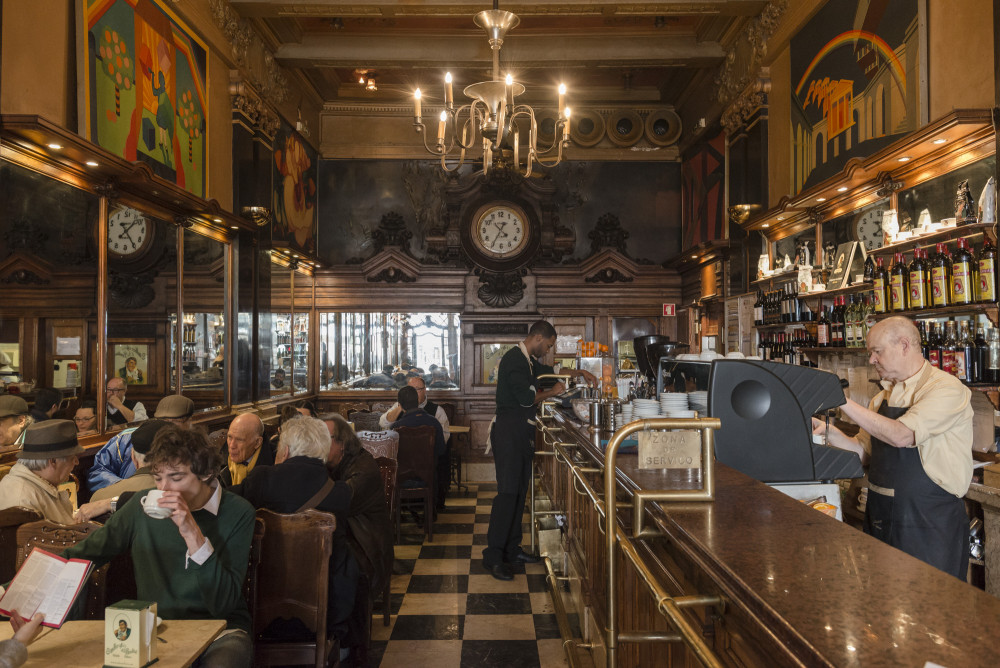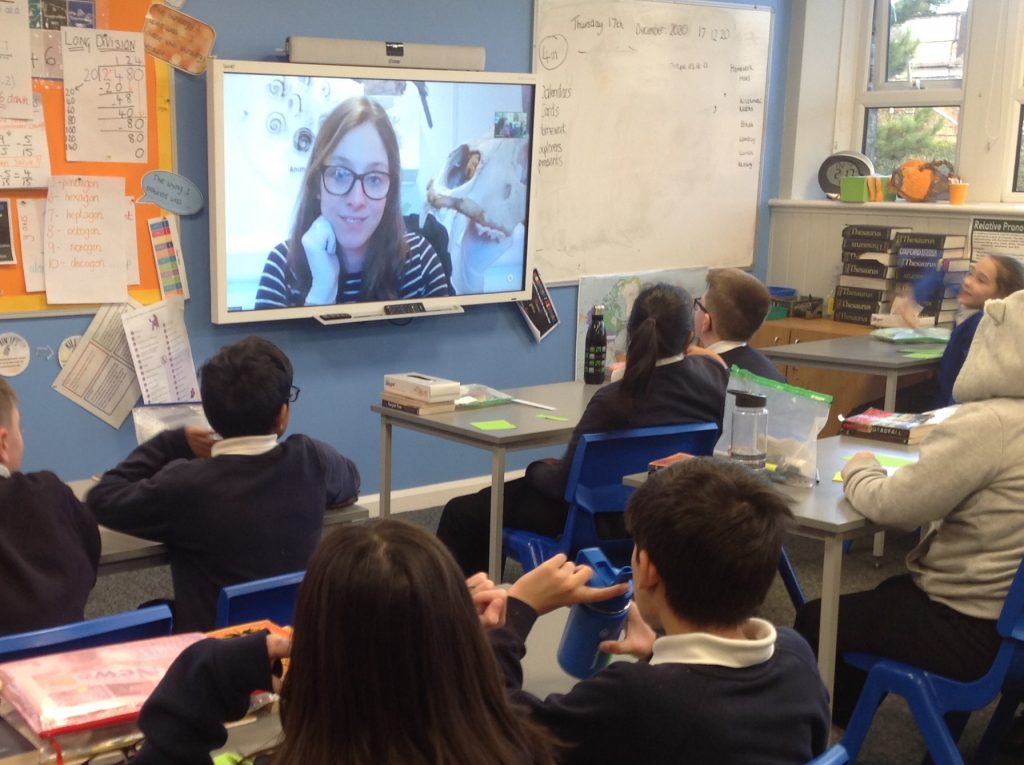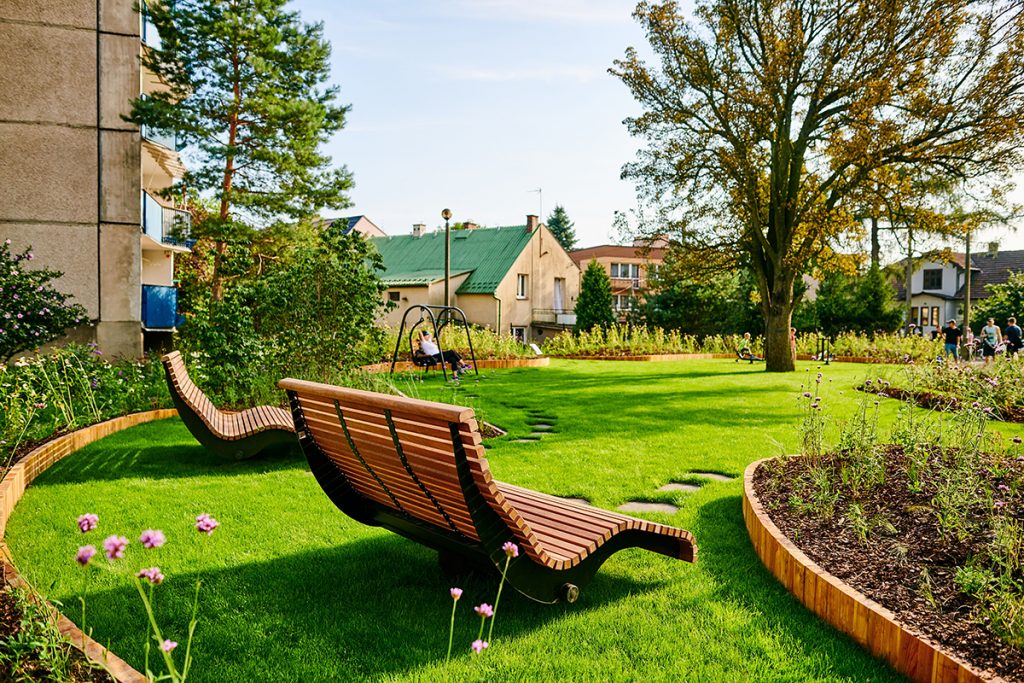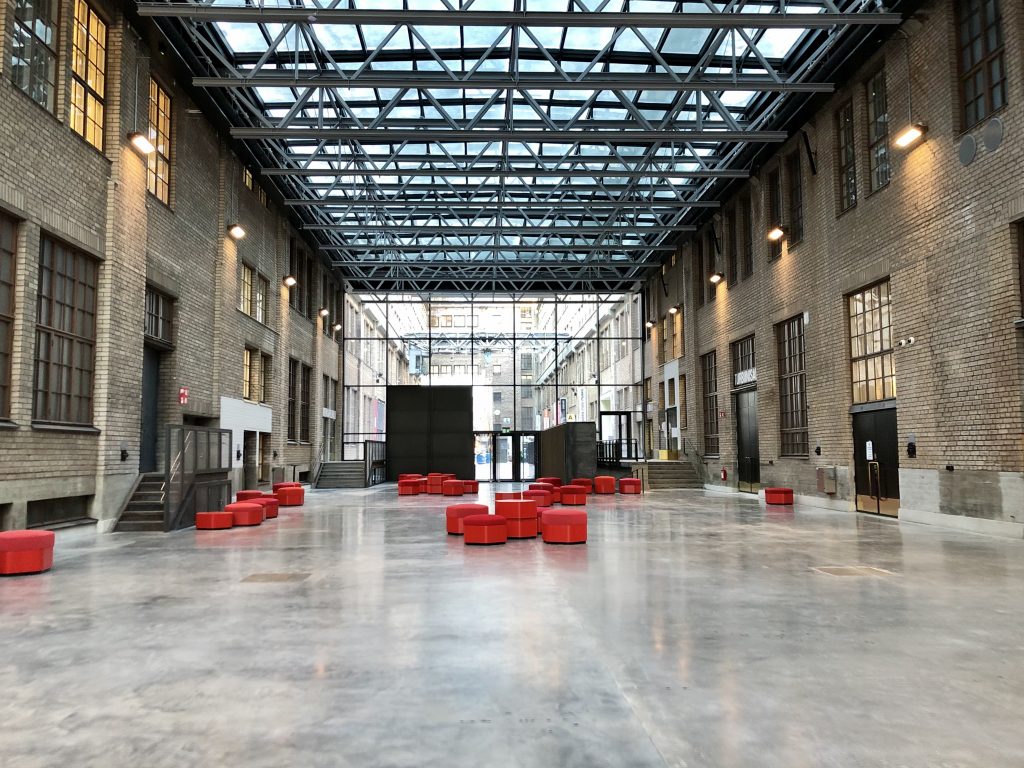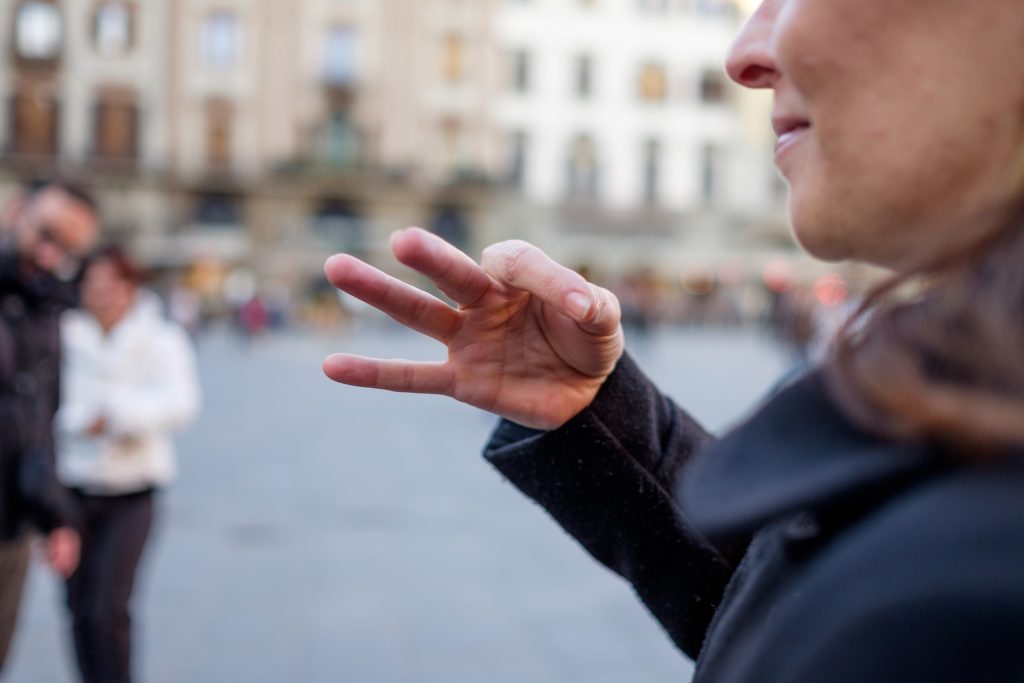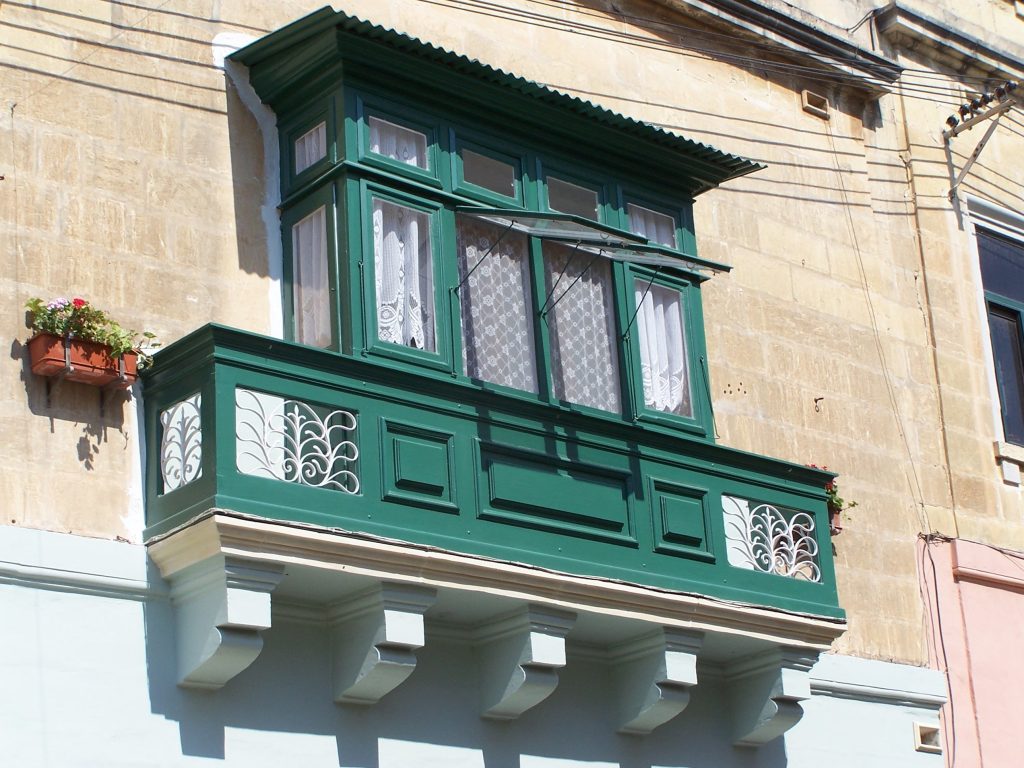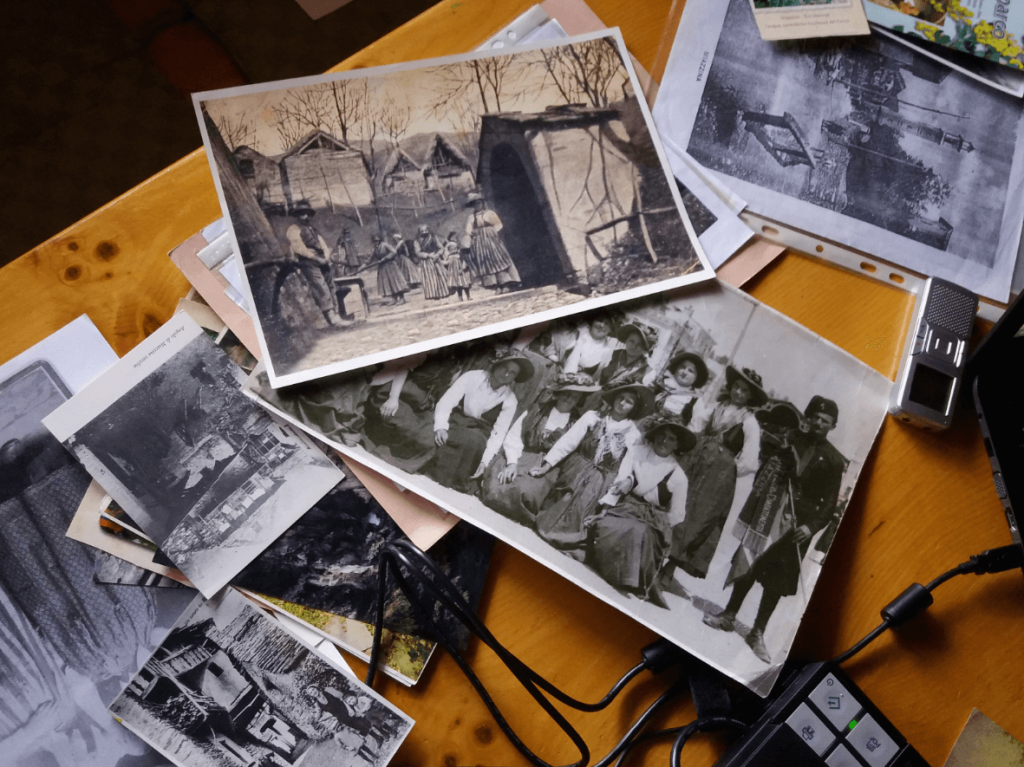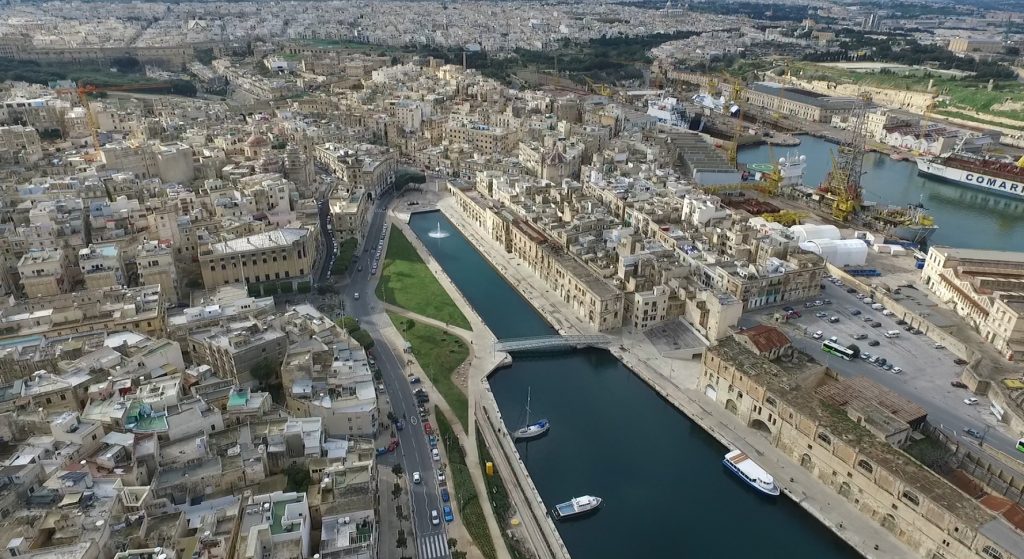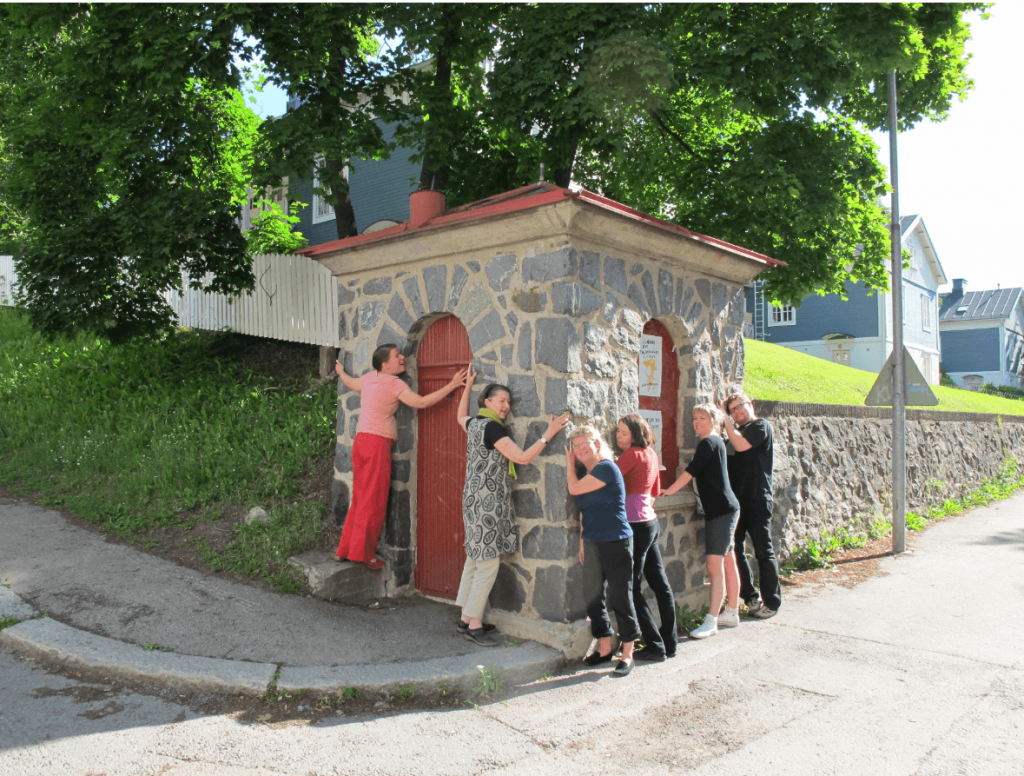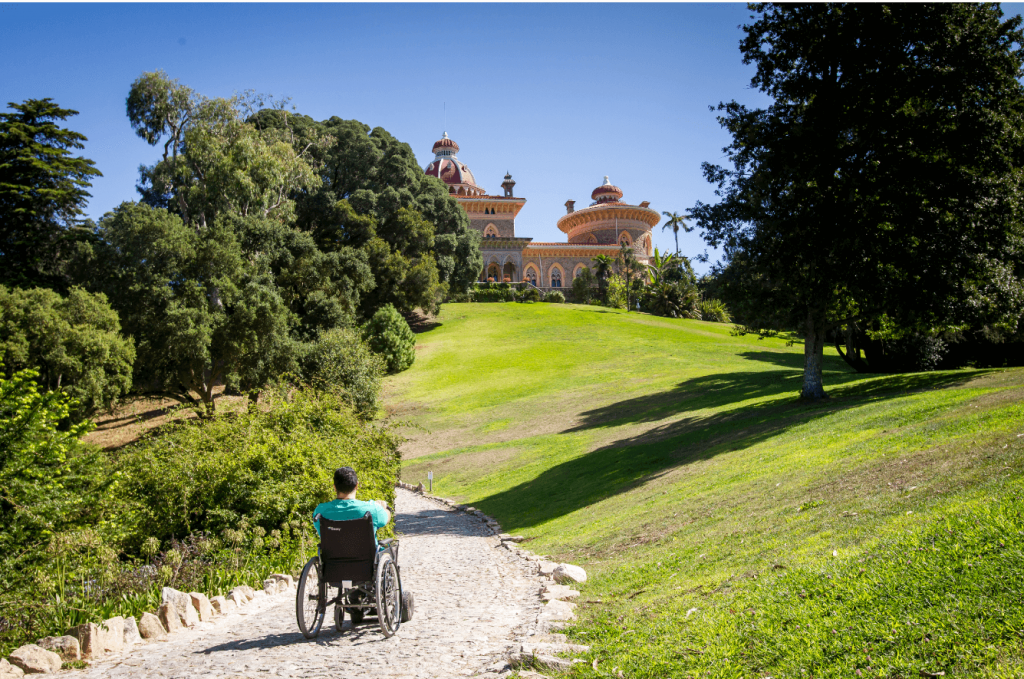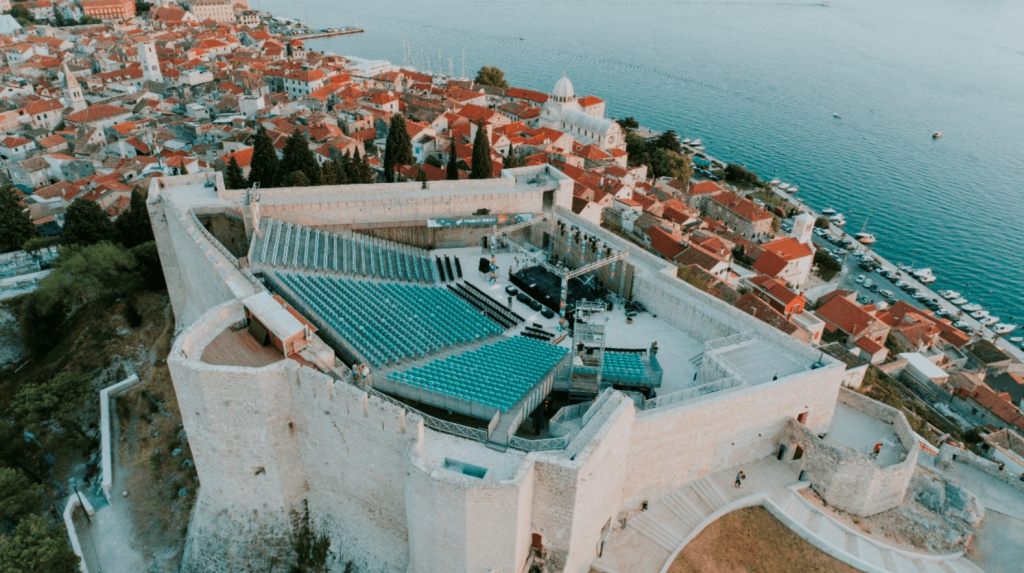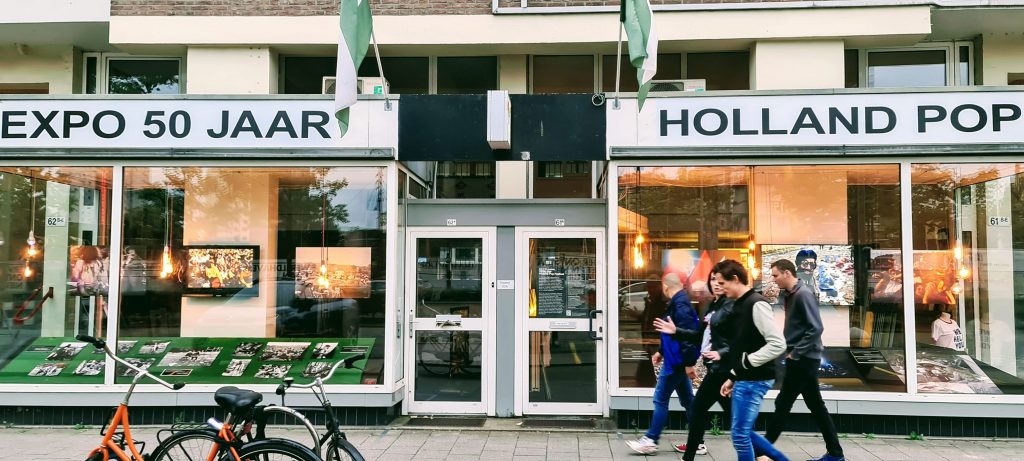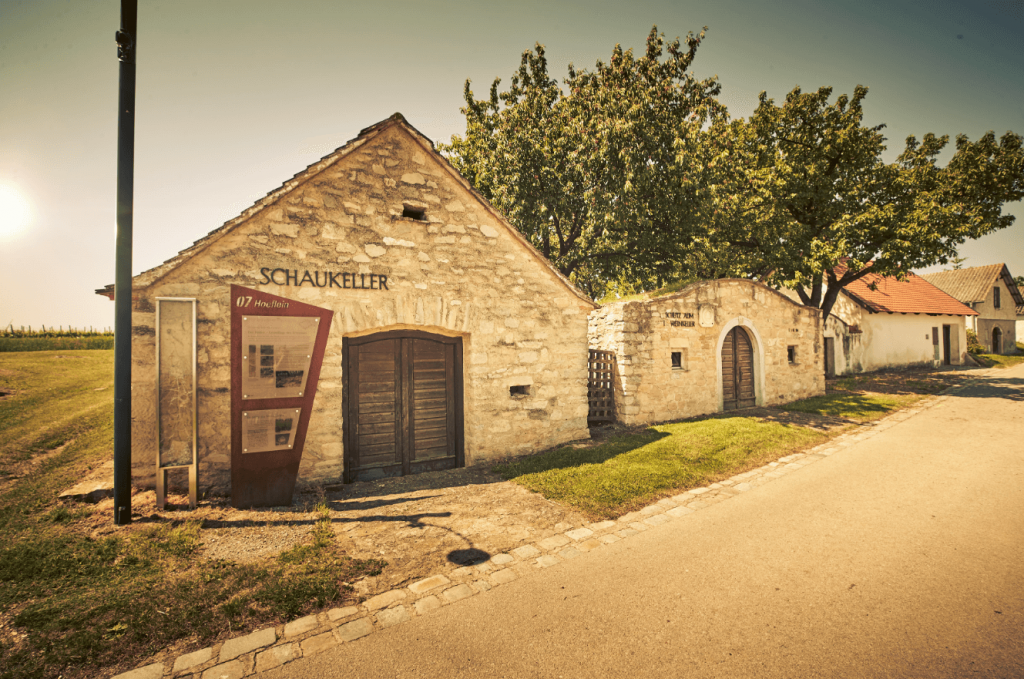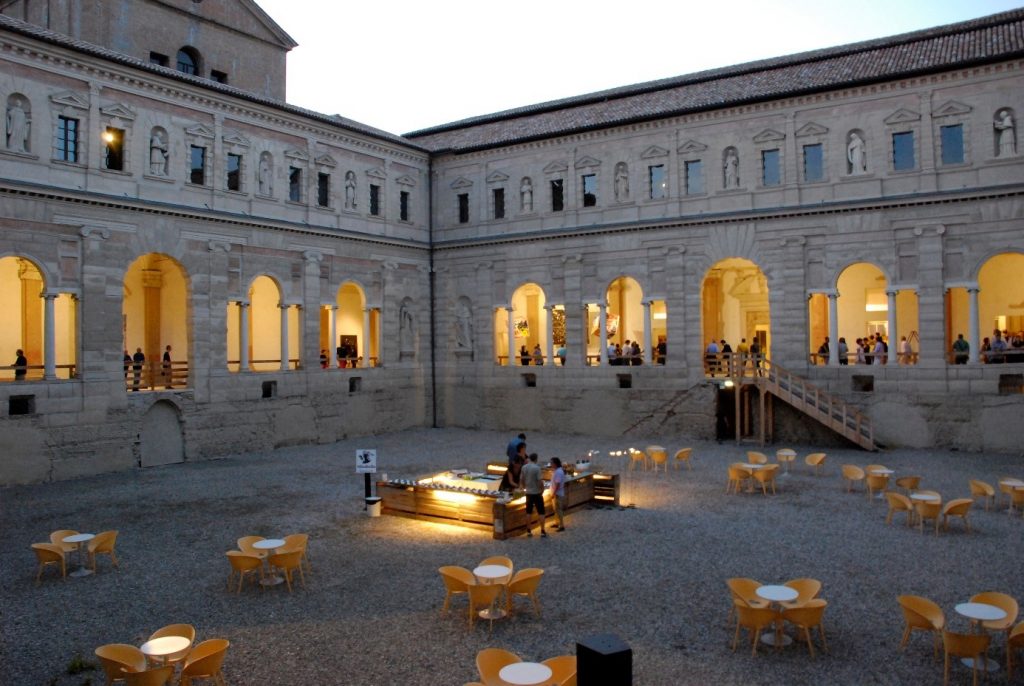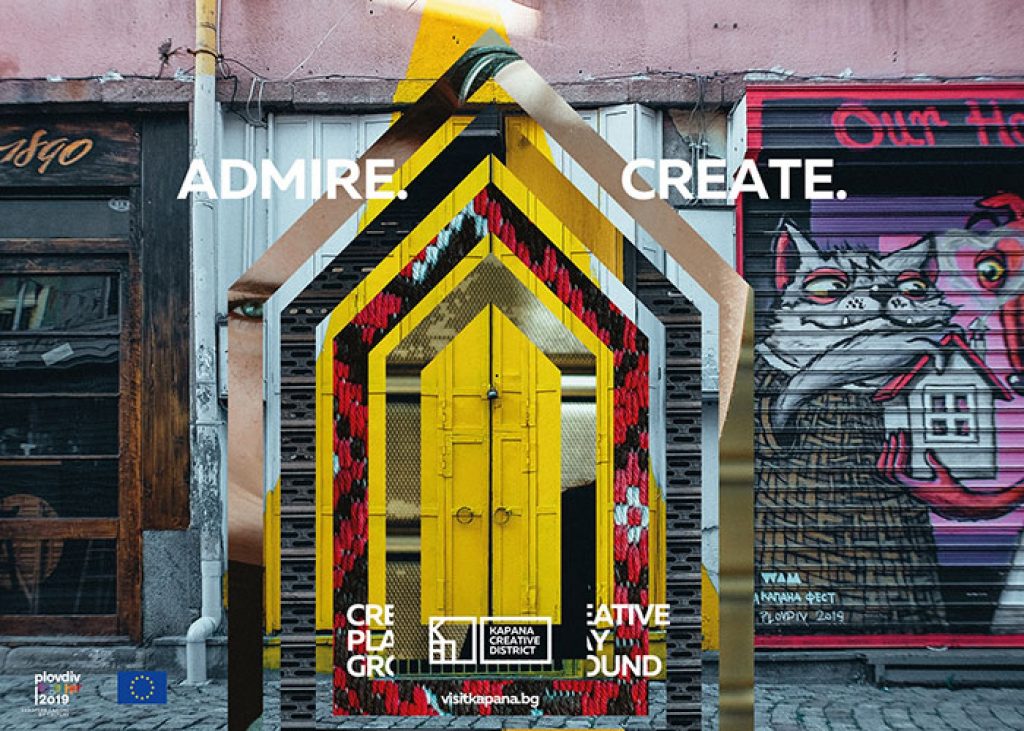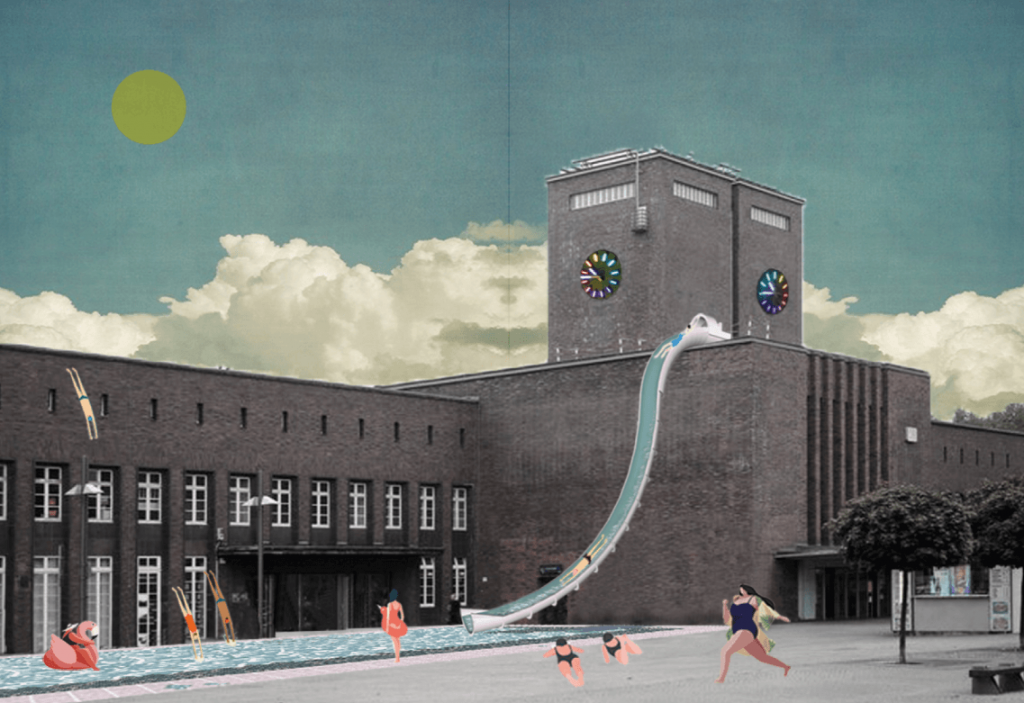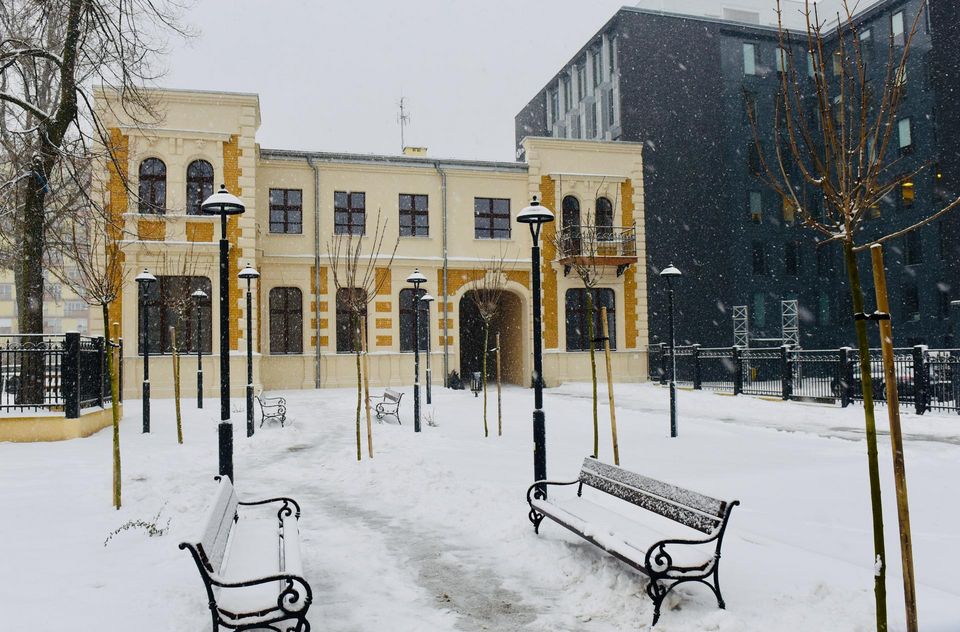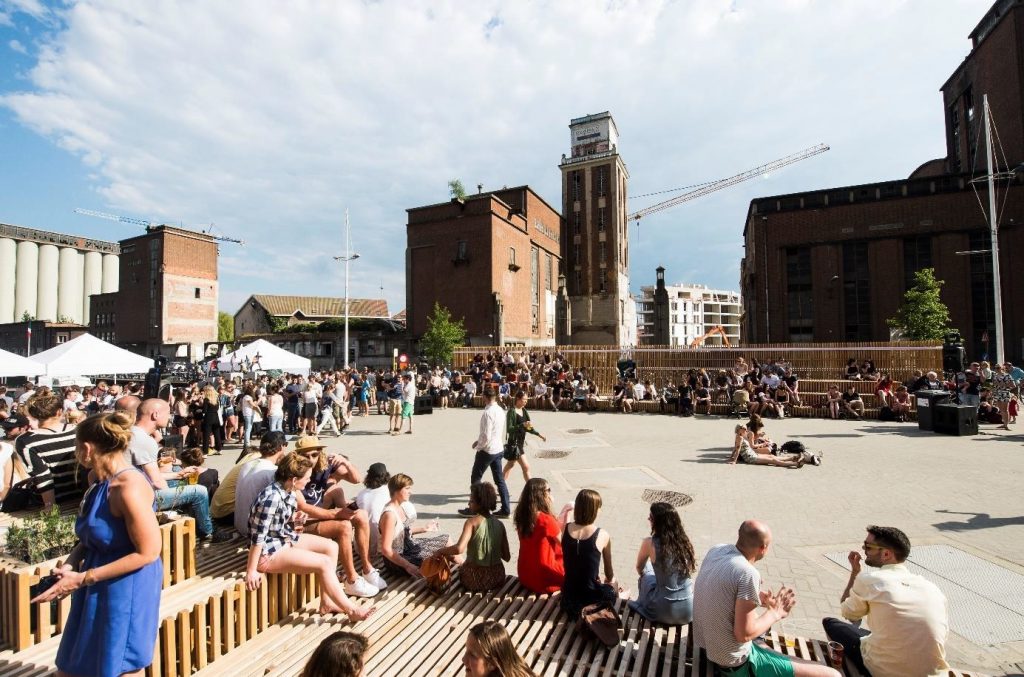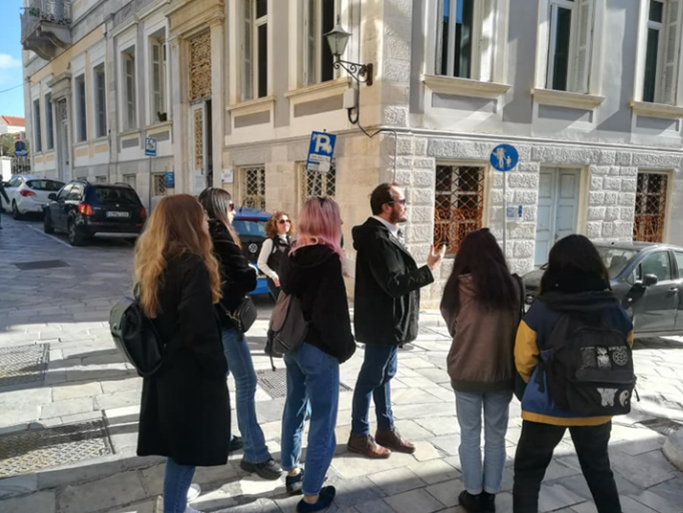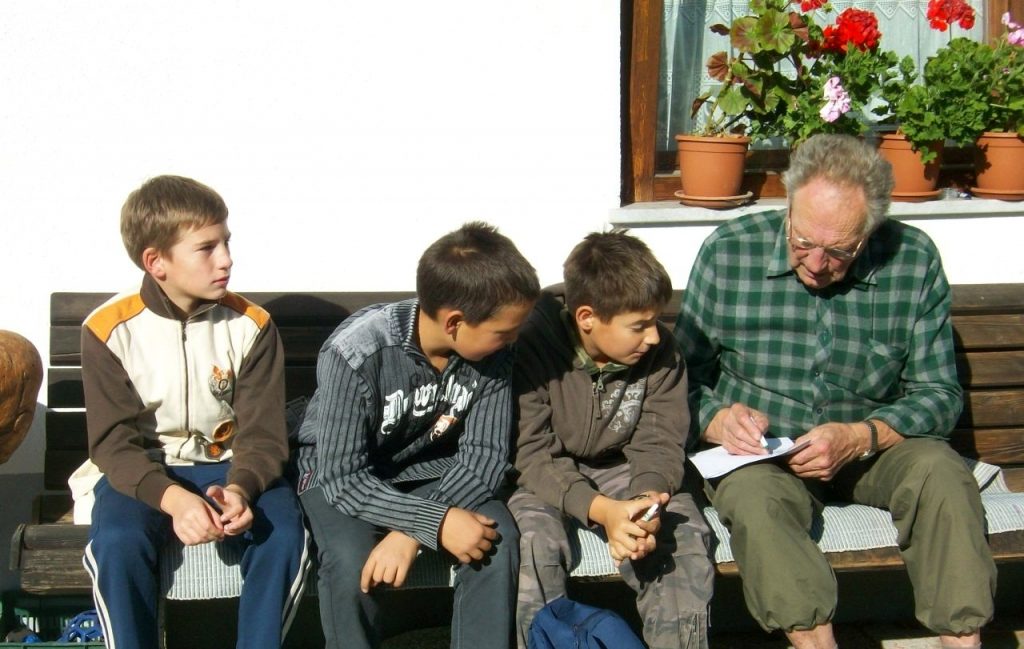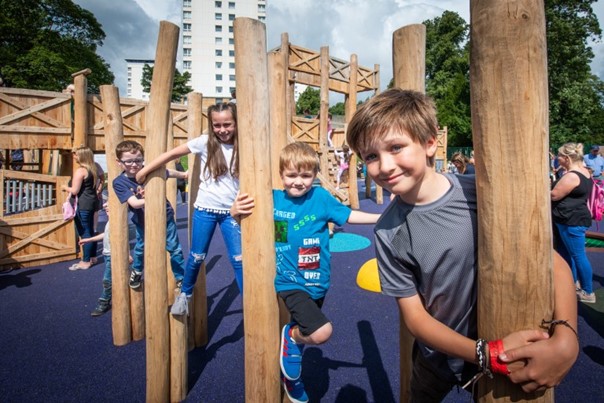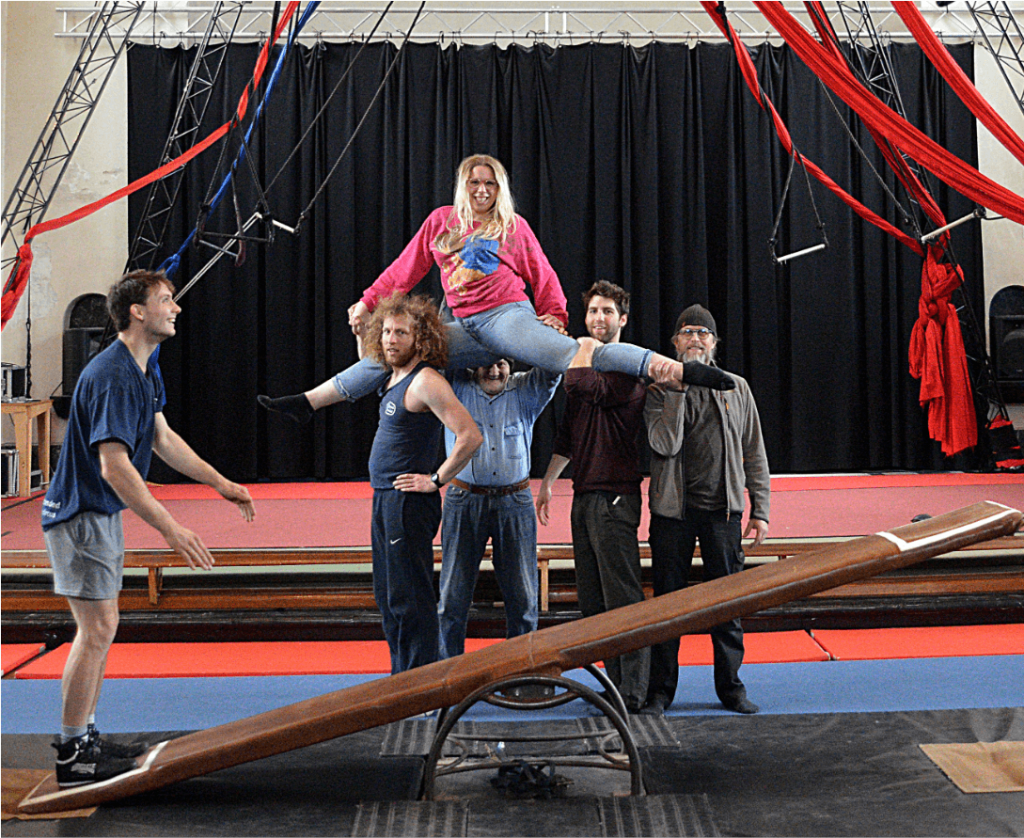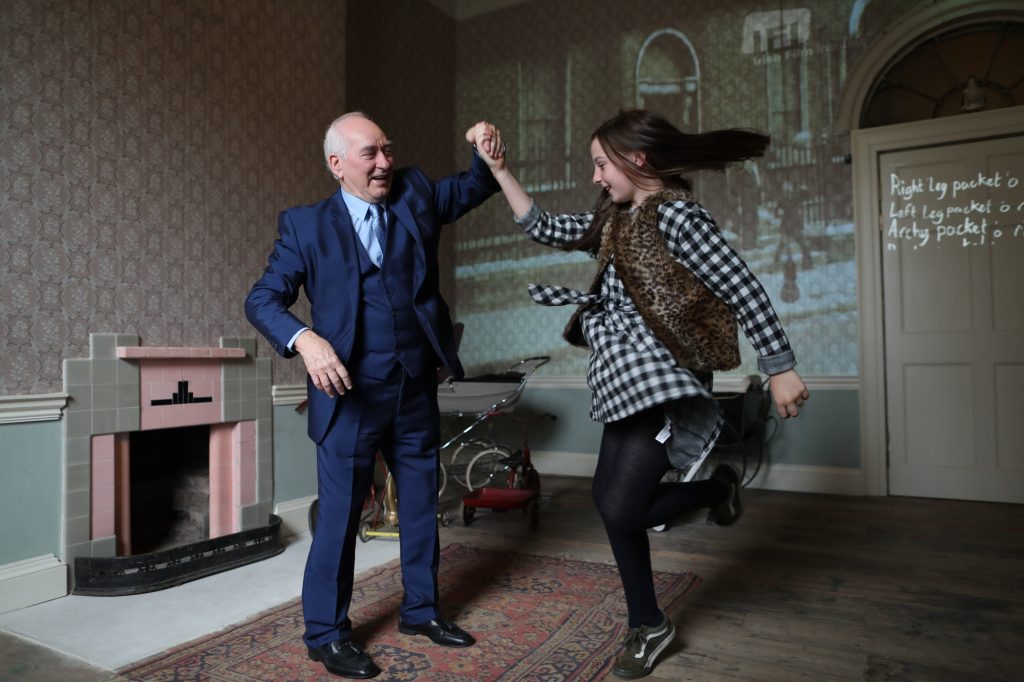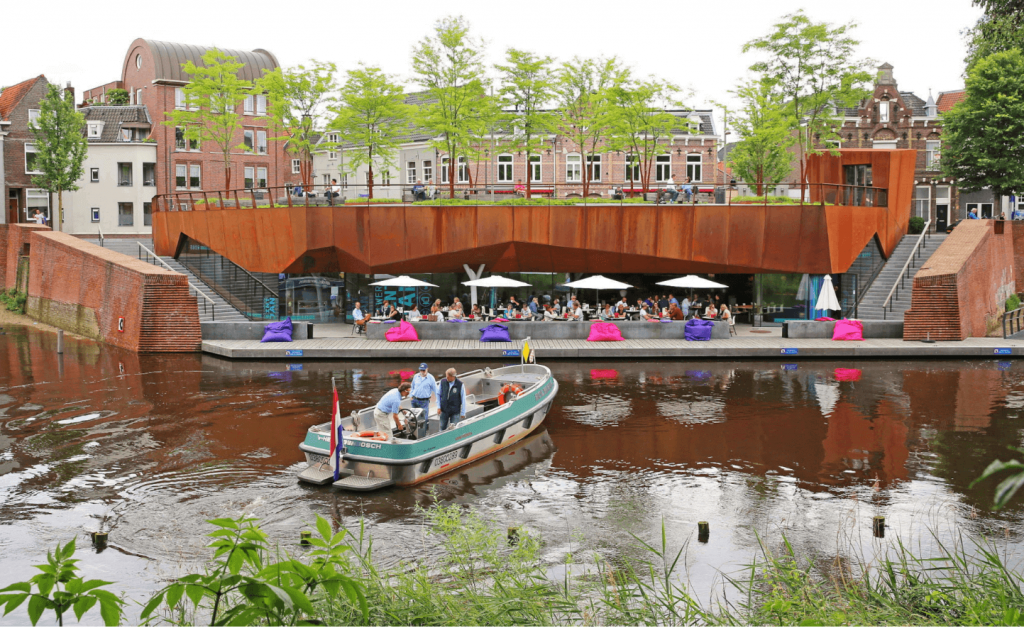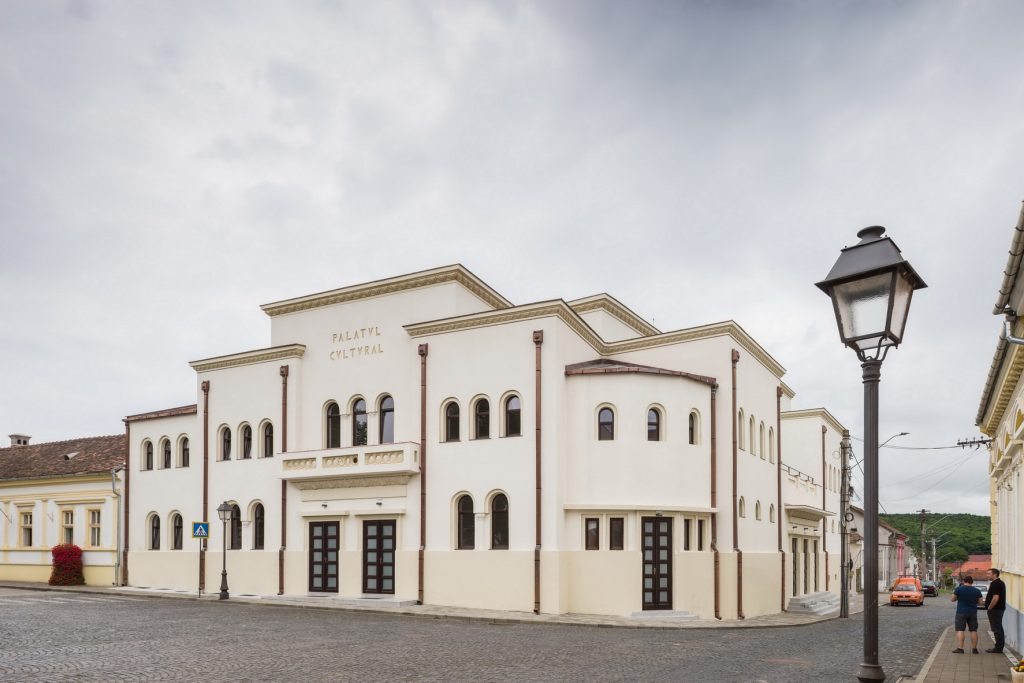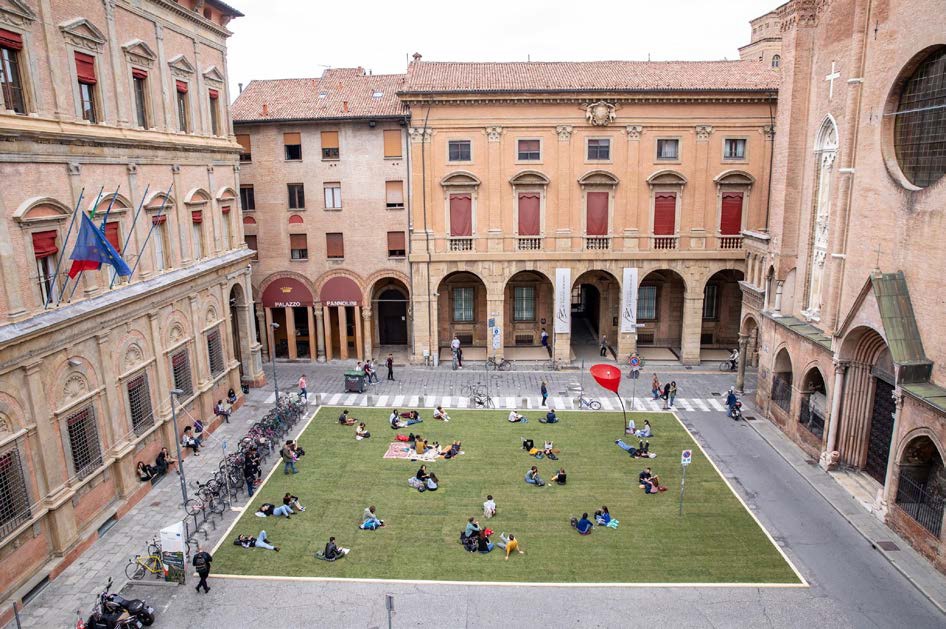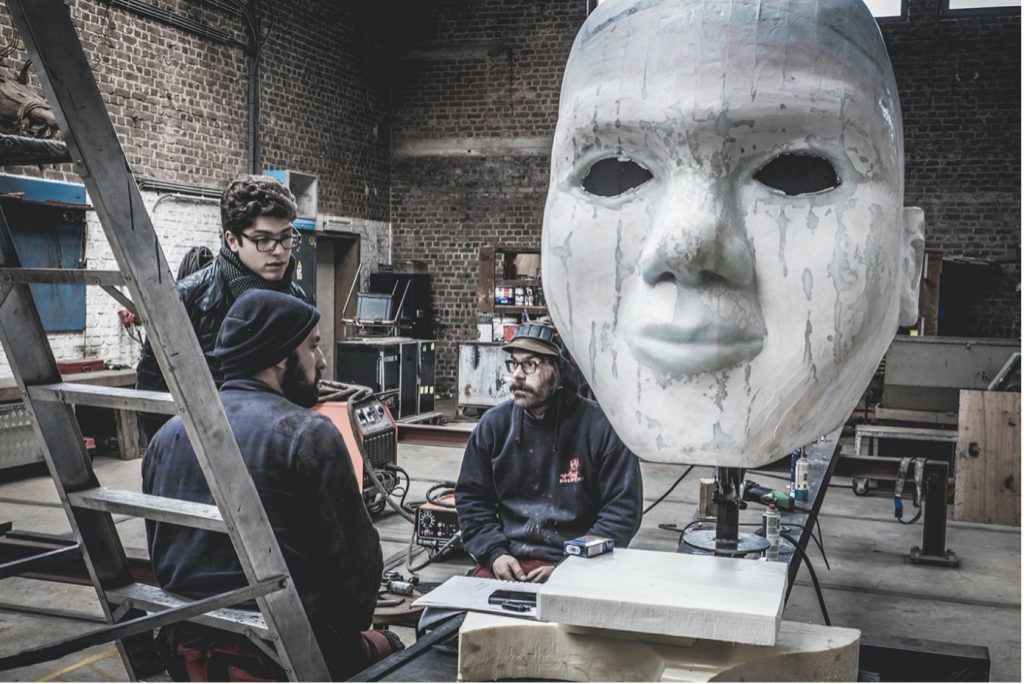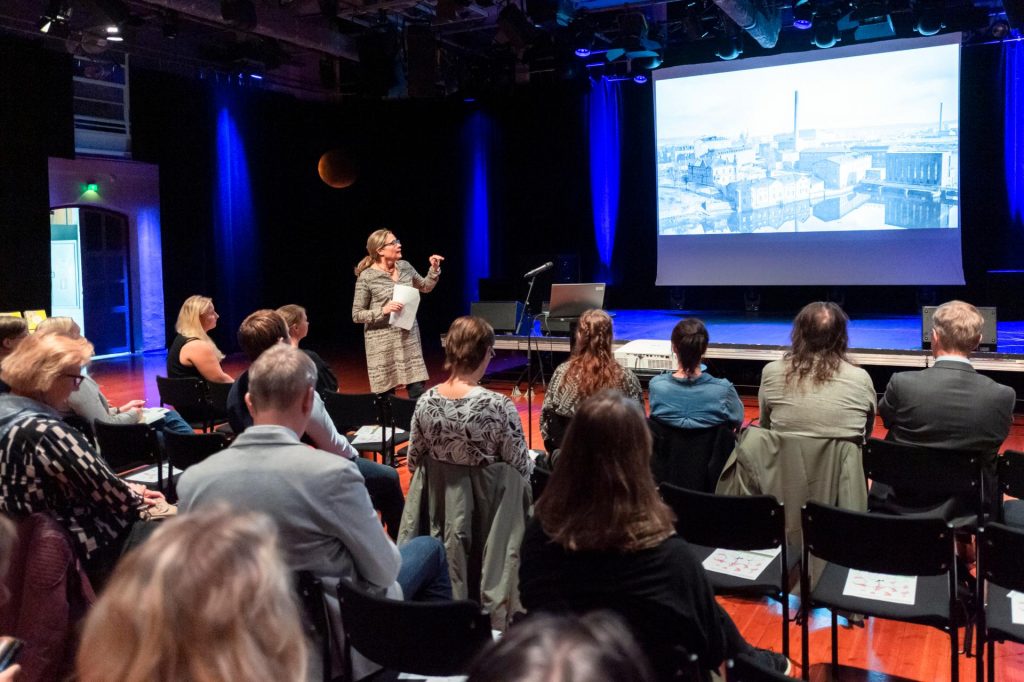Good practices
Cultural Heritage in Action identifies good practices from EU cities and regions and supports the exchange of experience through direct contact between rural, local, regional and national administrations as well as experts (civil society, NGOs, local organisations, urban planners, architects, etc.) during thematic peer-learning visits.
Find out more about our good practices on this page!
- All
- Participatory governance
- Governance and financing
- Sustainable development
- Recovery and resilience
- Quality of interventions
- Adaptive re-use
Counter for Heritage and Sustainability
The city of Amsterdam created the Counter for Heritage and Sustainability, an online tool to collect and deliver information on making built heritage more sustainable.
The catacombs of Naples
After years of neglect, the catacombs of Naples were entrusted to La Paranza social cooperative and reopened to the public. It is a story of a transformation from degradation to the recovery of a remarkable, hidden heritage.
A free zone for art and creativity
"Transfert” encouraged interactive activities and cultural events for the local community, and created pleasant green spaces. The reconstruction took into consideration the wider urban scene as well as representation of its local history and communities.
Caring for heritage together
The Vilnius Old Town Renewal Agency, set by the municipality of Vilnius, initiated the Community capacity building programme to support private owners to maintain and renovate their properties.
Agent for change
In 2017, the Glasgow City Council created a new role to tackle racism and inequality. The Agent for Change also known as Senior Arts, Music manager in charge of diversity, aims at improving racial diversity across the city’s cultural scene.
Museums go green!
In 2022, the Reims City Museums initiated a global environmental approach based on a cultural season entitled “Museums go green”. The dynamic initiated by the season has made it possible to set in motion a longer-term approach.
Time travel in the city
“heritage x design” is an initiative by the cultural department of the city of Eindhoven, Cultuur Eindhoven, pairing up heritage and design organisations to collectively propose a new storytelling of Eindhoven.
Warehouse of ideas
To develop the historic 18th century Georgian area of Waterford, into a vibrant cultural realm, the city collaborated closely with students from the local school of architecture.
Museum in the Village
Museum in the Village wants to reduce loneliness and social isolation among elderly communities living in rural secluded areas, with lower population density and with reduced access to a diverse cultural offer.
Reclaiming the Rivers of Sofia
Reviving the city’s rundown and inaccessible riverbeds: the Rivers of Sofia initiative consists of an annual festival that transforms the rivers and people’s perception of them.
The Five Senses Open-Air Museum
Locals and artisans are protagonists and work together to feature the city’s cultural heritage – art, crafts, history, gastronomy and landscapes – into unforgettable, immersive, cultural tourism experiences.
PAX – Patios de la Axerquía
Building on the historical network of patio houses in Cordoba, PAX is a social initiative aiming at stimulating urban renewal with social innovation.
Swapmuseum
Swapmuseum is a cultural participation project, based on a mutual exchange among young people and 65 small museums and small companies in the Apulia region.
Rzeszow Cellars
The city of Rzeszow has a hidden and underestimated potential: the remarkable infrastructure of the historic underground route of the city. Rzeszow cellars were modernised, retrofitted using new, interactive tools.
Material Storehouse
Since January 2021, in Materialmagasinet in Stockholm, you can rent everything from clothes from the opera and expensive men’s bed socks to headlights and screws.
Culture for Future
During a series of workshops, employees of local cultural institutions developed the Dresden Charter for Sustainability to introduce sustainability practices in the cultural and creative industries.
Park am Gleisdreieck
Berlin's Park am Gleisdreieck is a remarkable example of the revitalisation of an industrial wasteland and its reintegration into the urban space.
If trees can walk, humans can change
Leeuwarden created Arcadia, a 100-day arts festival occurring every 3 years. Bosk was one of its main events in 2022, raising awareness of nature and climate change through art.
Museum in transition
The City of Lille committed to making its cultural sector sustainable by 2024 as part of its involvement in Agenda 21 for culture. For museums, it translates to staging sustainable exhibitions.
The door breakers.
‘Door breakers’ is about creating and strengthening links between municipal museums of Zaragoza and young people.
Cultural rebirth for rural repopulation.
Urriés started developing a masterplan in 2015 forefronting culture, creativity and heritage as the engine of sustainable local development.
Shops with a History.
Lisbon City Council created the programme Lojas com História in 2015. A sense of urgency drove the city to preserve and boost a distinctive local commerce and trade heritage, knowing that in it lies a relevant part of the identity and character of Lisbon.
The Leeds cultural curriculum.
In Leeds, consultation with teachers, universities and teacher trainers showed teachers wanted flexible, curriculum-linked classroom resources. Driven by the narrative of the city, these new resources are called ‘stories' and aim to raise the educational achievement of children through heritage and the arts.
Pocket parks.
Krakow suffers from a lack of easily accessible green spaces. To solve this issue, Krakow is building pocket parks built in cooperation with local people in formerly neglected outdoor public spaces.
The Cable Factory.
KAAPELI, a real-estate company owned by the City of Helsinki, renovated an old cable factory building to serve as a cultural centre.
Feel Florence experience app.
The management of crowds of tourists is a key challenge in Florence. FeelFlorence is an app suggesting unusual touristic itineraries in the city centre, in neighbourhoods and in the metropolitan area.
The blind water carrier.
Bakar Tourism Board worked with children to create an open, selfguided tour book following a blind water carrier who kept going despite all odds. With the book, visitors could continue exploring and learning about local heritage despite the Covid-19 restrictions.
Topotheque. Community-driven online archive anchored in regions.
Thanks to Topotheque, our grandparents' boxes full of memories will no longer accumulate dust but have the life they deserve.
Restore, don’t replace!
Traditional closed timber balconies are part of Malta’s cultural identity. However, climate change and lack of maintenance threaten these fragile heritage features.
Commonlands. Cultural community mapping in alpine areas.
Since 2015, the Commonlands project aims to activate and empower local mountain communities in Val Grande National Park to take responsibility for the preservation and valorisation of their shared cultural and natural heritage.
Three Cities Dock1 Regeneration Project.
Dock 1 was an abandoned dockyard area on the shores of Vittoriosa, Cospicua and Senglea, known as ‘The Three Cities’. The Dock1 Regeneration Project aimed at an urban, social, environmental and landscape regeneration of the area.
Adopt a Monument in Tampere!
Adopt a Monument is a grassroots project that consists of maintenance and preservation of archaeological sites and historical buildings by groups of volunteers (adopters).
Park of Sintra: Welcome better!
The Cultural Landscape of Sintra is a major tourist destination in Portugal. However, the site’s accessibility to people with disabilities or mobility issues (including elderly people) was challenged by several barriers.
Transforming fortresses into a major cultural hotspot.
The city of Šibenik is characterized by its fortification system dating back to the Early Medieval Period. Bringing together both heritage building management and cultural programming and production, Šibenik's fortresses produce a range of cultural events with a strong focus on local people.
Oil and ancient olive trees. An engine for sustainable development
The Ancient Olive Trees of the Territorio Sénia project was born as a response to the high concentration of ancient olive trees in the area and the need to preserve them as a very important part of its cultural, historical, landscape, agricultural and environmental heritage.
Song and dance celebrations. A repository of living traditions.
Song and dance celebrations are a tradition of Saaremaa, and more widely of Estonia and the Baltic states. The Baltic Song and Dance Celebrations have been listed UNESCO Intangible Cultural Heritage of Humanity since 2008.
Archive for an inclusive city.
The city of Rotterdam is collaborating with Dig it Up, a local grassroots cultural heritage organisation that works to preserve people’s memories and memorabilia of local history.
Pactum of Römerland Carnuntum. Guidelines for sustainable habitat development.
The Pactum of Römerland Carnuntum, signed by the region’s 30 mayors, calls for an intermunicipal commitment to common, mindful planning and execution of building activities.
Open hub in the Ancient San Peters’ Cloisters
Reggio Emilia has been able to reinvent itself to the new times by incorporating its history as part of its identity, and maintaining the connection between its past and its present.
Kapana Creative District.
In 2019, Plovdiv was European Capital of Culture. One goal was rediscovering and revitalising the historic downtown neighbourhood Kapana to spark wider city centre revitalisation.
Water tower quenches cultural thirst.
Local artists’ collective came up with the idea to restore a protected water tower in Oberhausen and transform the water tanks into space for artistic and creative work.
Nantes Patrimonia.
Nantes Patrimonia provides digital tours, articles and interactive cartography, showcasing urban history, daily life, architecture, historical events, and the latest news on Nantes heritage.
From production of coal and steel to production of culture and creativity.
The Moravian Silesian region engaged in one of the most successful post-1989 industrial heritage conversion processes.
Historic townhouse, home for young and old.
Lodz used the energy-saving refurbishment of one of its heritage buildings to convert it into a multigenerational home.
OPEK, public depot for the arts.
OPEK is an old customs building in Leuven where different art disciplines meet in dance, theatre, visual arts, music, literature and photography.
100 buildings/100 stories.
The historic city of Hermoupolis designed the project 100 buildings/100 stories to revitalise itself, preserve its value and keep heritage alive by telling its story.
Name it in Slovenian!
A collective efforts of more than 40 Slovene municipalities and thousands of citizens have increased awareness and engagement of local communities to preserve and keep using traditional Slovene house names.
Rediscovering the Antonine Wall.
‘Rediscovering the Antonine Wall’ is a series of projects that allows local communities to explore the stories embedded in the 60km long historic wall to inspire creative and educational opportunities.
Circuskerk. Circus activities for young people at risk.
Ghent decided to work with local organisations to revitalise the social housing neighbourhood ‘Malem’ with a community arts practice that offers qualitative training and creates infrastructure for circus artists.
Discovering 300 years of history within four walls.
Dublin municipal heritage office identified 14 Henrietta Street as a building to tell stories of inhabitants across three important eras in local, national and international history.
From former city gate into a new public space.
The city of ‘s-Hertogenbosch, in the Netherlands, innovatively restored and redeveloped a 16th-century bulwark combining traditional techniques with modern design and materials, and climate-resilience.
Regeneration of Daugavpils Fortress in Lithuania. Revitalising an unattractive urban area.
Since 2008, the municipality of Daugavpils has been undertaking a regeneration programme in its 19th century fortress, the only military fortification of its kind in Northern Europe.
STOL, the chair project is reviving traditional crafts for local development.
By reviving the local tradition of chair production and using the existing infrastructure, the STOL project created a sustainable platform for crafts and design in the region.
Domus dei to Domus Populi.
The Liébana Centre of Studies was founded by the Regional Government to offer cultural, artistic and educational activities to over 6,000 inhabitants at risk of exclusion because of digital divide or geographic isolation.
Budapest100 community festival.
Preservation of the built heritage is one of the highest priorities in Hungary and for that, the history of heritage places needs to be made available for all. That’s how the annual festival Budapest100 originated.
From ashes to cultural hub.
Modern ruins are the new playfield to re-adapt our heritage by the community. After being burnt down to ashes, Blaj Cultural Palace designed in 1930 was rehabilitated.
A new life for Piazza Rossini.
Bologna is home to the oldest university in Europe, nestled in the heart of the historic centre, rich in hidden and often unknown cultural heritage treasures.
Giant steps for participation and co-creation.
Giants are a particular tradition in the North of France and Belgium. Animated and dressed in local costumes, they embody the collective identity of the town.
A cultural environment programme created with local people
When Vantaa realised that traditional urban cultural programmes from the 1990s no longer fit, the city decided to take another path and started working on a new Cultural Environment Programme together with citizens.
